Another train ride well out into the south England countryside brings us to Royal Ashdown Forest, a course located on crown land, which apparently came with the stipulation that no artificial constructions can be made. It’s that condition which has created the course’s greatest source of fame: its lack of sand bunkers. Although as I’ve said before, I’m not much into historical golf course research and haven’t investigated it, this aspect of Royal Ashdown Forest is a puzzle to me because while there aren’t any sand-filled bunkers, there are all sorts of earthworks, including plenty of bunkers that just aren’t filled with sand. So unless the royal charter (or whatever the document is called) says ‘no sand’ specifically, I don’t really get the lack of sand.
But one thing that I believe in is that ‘less is often more’ and I like the idea of a course without sand. While most courses without sand don’t have it because they’re low-budget courses and don’t want the maintenance costs, this is certainly not the case with Royal Ashdown Forest. This is a serious club and the course is as stern as most of top courses in the London area. If you the architect are committed to not using sand, you’ll have to devise other ways to create interest, namely in the shaping of the ground to create interesting features. And there’s certainly a lot of this here, most (although not always) to great affect. But because so much of the shaping looks like shaping we typically find around sand bunkers, if you didn’t know that the course was sand-less, you might not realize it.
Probably the best thing about Royal Ashdown Forest is the land that it sits on: big and heavily rolling with some fantastic vistas across neighboring grazing land and beautiful streams that make for some interesting (and challenging) shots. This is certainly one of the most beautiful courses that I played in England. Couple that with some very interesting earthworks and a variety of green shapes and you have some seriously interesting golf. Would the course be better with a few sand bunkers? Maybe, but maybe not. I certainly didn’t miss them. There are a few architectural quirks that I could do without but the lack of sand isn’t at the top of the list.
Being English, the course must have its share of oddities. One of these comes at the first hole, a 350 yard downhill par 4 that crosses over the eighteenth hole. Long hitters can run out of room and into the trees on the left but the best play here is something controlled up the right. That’s because the green is steeply two-tiered from high-left to low-right. Being up the right side will allow you to play into rather than down the slope.
But one thing that I believe in is that ‘less is often more’ and I like the idea of a course without sand. While most courses without sand don’t have it because they’re low-budget courses and don’t want the maintenance costs, this is certainly not the case with Royal Ashdown Forest. This is a serious club and the course is as stern as most of top courses in the London area. If you the architect are committed to not using sand, you’ll have to devise other ways to create interest, namely in the shaping of the ground to create interesting features. And there’s certainly a lot of this here, most (although not always) to great affect. But because so much of the shaping looks like shaping we typically find around sand bunkers, if you didn’t know that the course was sand-less, you might not realize it.
Probably the best thing about Royal Ashdown Forest is the land that it sits on: big and heavily rolling with some fantastic vistas across neighboring grazing land and beautiful streams that make for some interesting (and challenging) shots. This is certainly one of the most beautiful courses that I played in England. Couple that with some very interesting earthworks and a variety of green shapes and you have some seriously interesting golf. Would the course be better with a few sand bunkers? Maybe, but maybe not. I certainly didn’t miss them. There are a few architectural quirks that I could do without but the lack of sand isn’t at the top of the list.
Being English, the course must have its share of oddities. One of these comes at the first hole, a 350 yard downhill par 4 that crosses over the eighteenth hole. Long hitters can run out of room and into the trees on the left but the best play here is something controlled up the right. That’s because the green is steeply two-tiered from high-left to low-right. Being up the right side will allow you to play into rather than down the slope.
It’s possible to get lost on the way to the second as you have to walk about 175 yards down a neighborhood road. Once you get to the end of it, you come to a 385 yard hole with a very English (uphill and blind) drive. It’s important to aim up the right side of the fairway because it slopes left and you can run out of room there.
The approach looks like something that may have inspired Pete Dye: downhill to a green fronted by wooden boards. More an issue is that the green slopes back-to-front and that you don’t want to be long.
The short par 4 third gives you some teeing ground options: 315 yards and straight-away from a tee just behind the second green or a 100 yard walkback to a slightly more awkward 330 yard dogleg left. It’s a pretty simple hole in either case but the higher visual intimidation of the latter offsets the walkback and is probably the better of the two.
The green is surrounded by a variety of odd mounds. Not sure why this construction was ok but sand bunkers weren’t.
The green is surrounded by a variety of odd mounds. Not sure why this construction was ok but sand bunkers weren’t.
Although it’s another fairly short par 4, I liked the uphill fourth. The fairway narrows with a road and heather about 250 from the tips so again, a lay-up club is prudent. It’s a lovely uphill approach to a deep but fairly narrow green with a hedge at its left.
While the first few holes have been pleasant, none is really anything special. That starts to change with the downhill, 515 yard par 5 fifth. Feel free to swing away here (unless you tend to slice) because the green is quite reachable in two, even if the course isn’t playing firm.
The approach is a beauty, over a meandering stream about 15 yards short of the green. The stream is in the perfect place for those considering going for it. There’s a little room short so you don’t need a perfect shot, but it needs to be solid. The green is also over 100 ft. deep making it possible to hold from long distance. A very fine par 5.
And the short par 3 sixth is even better. About 120 yards to a deep but narrow green perched over a stream on the left and a hollow on the right, this is one of the best short par 3s that I’ve seen. Part of this is that the construction of the green is one of the best that I’ve seen, with both interesting interior contours and contouring at the edges.
You’d think that this would compete for the best sixth hole in the country but there’s a lot of sixth hole competition, with world class sixth holes at Knole Park, Sunningdale—New, and Royal North Devon.
You’d think that this would compete for the best sixth hole in the country but there’s a lot of sixth hole competition, with world class sixth holes at Knole Park, Sunningdale—New, and Royal North Devon.
The excellent golf continues with the mid-length, uphill par 4 seventh, which plays over the back part of the sixth green. It’s an excellent driving hole because if bold, you can cut off a lot of the junk (and it’s really nasty stuff) up the right. But the fairway slopes to the left and the hole doglegs right so if it’s firm and you pull it a bit, your drive could run into the woods on the left. Again, a conservative drive is prudent.
The green is a simple circle with a false front that sits in a lovely amphitheater.
Eight is another fairly short par 5 with lots of trouble. The fairway narrows to a ribbon at ~280 so again, you shouldn’t just bomb away. From here, regardless of whether you go for it or lay up, you have an interesting shot. The green is deep, but narrow and tucked in a hollow surrounded by all kinds of mess. I really wouldn’t suggest going for the green in two unless you have a very manageable shot because the green is small and the stuff right of it might as well be a pond. If you lay up, it’s far better to be up the left side.
Nine is an uphill, ~140 yard par 3 with a fairly large green. Should be simple but miss a bit short or a bit long and again, there’s all kinds of junk.
When most who’ve played it think back on Royal Ashdown Forest, they probably think most about the stretch 10-12. These are three of the most beautiful holes in the country and to my mind, three of the best.
The par 5 tenth is probably the weakest of this set. It’s a good driving hole; not too demanding with the trouble being obvious.
The par 5 tenth is probably the weakest of this set. It’s a good driving hole; not too demanding with the trouble being obvious.
But it gets much trickier on the approach. The fairway rises to a peak ~130 yards short of the green and everything past that point is blind, making for an awkward lay up. This was also probably my least favorite green on the course, awkwardly cut into the base of a hill. Not a bad hole, but definitely not my favorite.
The 250 yard downhill par 3 eleventh though…definitely one of my favorites. I think that this is one of the best long par 3s in England. It’s about 50 feet down hill so it always plays much shorter than the yardage and if the ground is really firm, you’d have to land your shot well short of the green.
The greatness here (apart from the obvious beauty) is that the slope of the land requires you to be careful with the shape and placement of your shot. A bit too far right and you can get stuck in the heather. But something landing a bit too far left in the fairway will kick left. The right edge of the green is perfect for a straight ball that you want to run in while a fade would be best for those strong enough to carry all the way to the green.
The greatness here (apart from the obvious beauty) is that the slope of the land requires you to be careful with the shape and placement of your shot. A bit too far right and you can get stuck in the heather. But something landing a bit too far left in the fairway will kick left. The right edge of the green is perfect for a straight ball that you want to run in while a fade would be best for those strong enough to carry all the way to the green.
The long par 5 twelfth is probably Royal Ashdown Forest’s most famous hole and for good reason: it’s in the top handful of best par 5s that I’ve played. While it was obvious from pictures that I’d seen before that the fairway slopes right-to-left, I didn’t realize just how severe the slope was. You can really hit a long ball if you can sling a draw but, especially if it’s dry, you have to be careful because you could run all the way down to the trees on the left.
While the hole is stunning and the drive is excellent, from a thinking golfer’s standpoint, the second shot might be the most interesting. The first issue is that if you haven’t hit a good drive, you’ll have difficulty carrying the junk that crosses the fairway from 130-170 short of the green. But even if this isn’t an issue, this second landing area is much narrower and the closer you get to the green, the more heather-covered mounds there are up the left. The more aggressive the second shot, the more precise you must be.
At this point, the course has been on quite a run. 5-12 is one of the better nine (well…eight) hole stretches that you’ll ever see. Unfortunately the course cannot keep up the pace in the last six, which contain several awkward holes that to me keep the course from being one of the top heathland courses.
Thirteen is probably my least-favorite of this bunch. It’s just an odd hole—and not in a good way. From the tips, it’s only about 240 to a road that crosses the fairway and you can’t go further than this because it’s all heather on the other side. But unless you hit it at least ~200 yards, you also don’t reach the fairway. Add in the fact that a tree and other junk block the left side of the hole from the tips pushing you out to the right (where you can get stuck behind more trees) and you have one of my least-favorite driving holes anywhere.
Thirteen is probably my least-favorite of this bunch. It’s just an odd hole—and not in a good way. From the tips, it’s only about 240 to a road that crosses the fairway and you can’t go further than this because it’s all heather on the other side. But unless you hit it at least ~200 yards, you also don’t reach the fairway. Add in the fact that a tree and other junk block the left side of the hole from the tips pushing you out to the right (where you can get stuck behind more trees) and you have one of my least-favorite driving holes anywhere.
The approach and the green are nice, but they can’t save the hole from being one of my least-favorite--of a sample very biased toward great courses--in England.
After an almost 250 yard walk to the tee, the downhill, ~200 yard fourteenth is much better. It’s actually an excellent hole, capping off what might be a world-class set of par 3s. The main interest comes from all the odd humps and hollows surrounding the green. You have to be accurate, but the green is quite deep.
Fifteen is another awkward, but good short par 4. No matter where you drive it, the approach is blind to a large green in a hollow fronted by heather. Because I inexplicably didn’t take a photo of this lovely green, a screenshot from the video of the hole on the club’s excellent website will have to do.
I found the ~410 yard, uphill sixteenth to be pretty brutal in the soft conditions. You really need a long drive here but not too long because the fairway narrows at ~285 yards (certainly not an issue for me). The reason is that green is fronted by heather-covered mounds and you can’t run one on. While there’s a bit more room left on the approach, it’s hard to tell from the fairway because most everything up by the green is blind.
I didn’t love this hole in my two playings, but there’s plenty of room to lay up if you can’t carry to the green. And I guess there’s nothing wrong with the shot being very demanding for those who can.
I didn’t love this hole in my two playings, but there’s plenty of room to lay up if you can’t carry to the green. And I guess there’s nothing wrong with the shot being very demanding for those who can.
Along with the twelfth, the long par 4 seventeenth appears to be Royal Ashdown Forest’s other hole most often cited as great. This is because of the heroic approach to a narrow green benched in the side of a hill, calling for a shot that uses the slope short of the green to run it on.
I respectfully dissent. I found the hole to be very awkward. The drive is completely blind with only an aiming marker to guide the way. But there’s trouble even if you hit the fairway because it slopes pretty good to the left and it’s easy to run into the junk on the left. I’d say that the best play is something a bit left of the aiming marker with a decent fade.
I also don’t think that the approach works as well in practice as it does in theory. The problem is that the land short of the green is too steep. It’s so steep that it isn’t maintained as fairway because balls would just collect at the low-end. I think that it’s also probably too steep to be able to judge the kick off it. On top of that, a maintenance path crosses in front of the green where you’d want to land the ball. Some people might find this charming in a St.Andrew’s-kind-of way. I just thought that it made an already-clunky shot clunkier. Like the tenth green, I also find this one awkwardly cut into too-steep a slope. So it may be one of many others’ favorite holes at Royal Ashdown Forest, but it certainly isn’t one of mine.
I respectfully dissent. I found the hole to be very awkward. The drive is completely blind with only an aiming marker to guide the way. But there’s trouble even if you hit the fairway because it slopes pretty good to the left and it’s easy to run into the junk on the left. I’d say that the best play is something a bit left of the aiming marker with a decent fade.
I also don’t think that the approach works as well in practice as it does in theory. The problem is that the land short of the green is too steep. It’s so steep that it isn’t maintained as fairway because balls would just collect at the low-end. I think that it’s also probably too steep to be able to judge the kick off it. On top of that, a maintenance path crosses in front of the green where you’d want to land the ball. Some people might find this charming in a St.Andrew’s-kind-of way. I just thought that it made an already-clunky shot clunkier. Like the tenth green, I also find this one awkwardly cut into too-steep a slope. So it may be one of many others’ favorite holes at Royal Ashdown Forest, but it certainly isn’t one of mine.
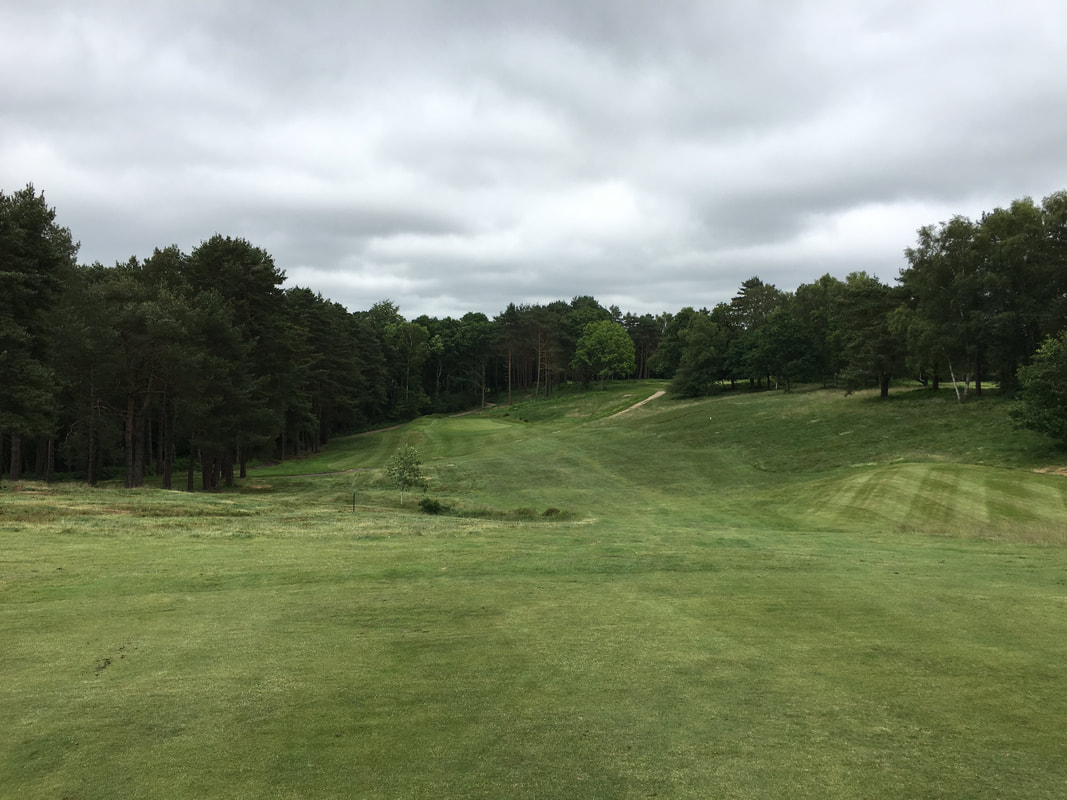
And I don't think that the approach really works for the long, running shot that so many are likely to have. I don't mind the narrowness of the green, but to me, it looks awkwardly benched into the hill. The bigger problem however is that the ground short of the green is too steep, covered in rough (to stop the ball from rolling to the bottom), and crossed by a maintenance path. It works much better if you can fly your approach to the green.
Unfortunately the course closes with another unusual hole that I don’t like. I can’t think of a hole that has less fairway in the places where you’d expect fairway to be and more in places that don’t. From the tips, it’s about 210 yards to carry the junk up the left side but then, like the thirteenth hole, only about another 30 until you ran into junk crossing the fairway. And most of the fairway is to the right of where it should be. Unless you’re in the leftmost part of the fairway, you’ll have an awkward angle to a green that runs diagonally front-left to back-right and could be blocked by trees on the right.
But looking at the hole on Google Earth, it looks like since my most recent visit (fall 2017), the club may have cut down all of the long grass that bisected the fairway and continued up the fairway up to the green. This simple fix would have made the hole substantially better although it looks like the left side is still long grass. Ideally, the fairway would be up to about 20 yards from the hedge next to the clubhouse because the left side is the best angle into the green. But I can understand that the club might not want to do that to save on their window replacement bills.
Royal Ashdown Forest gets a lot of very positive reviews from the likes of Tom Doak, Ran Morissett, and other well-travelled people. I think that I’m a bit less impressed. There’s no doubt that the course has a handful of the best holes in England and the shaping around the greens is unusual but very interesting and (for the most part) very good.
Still, there’s a lot of awkwardness here that the course could do without. Some of it might be simple to fix. It looks like the club may have already fixed the eighteenth hole. I think that fixing the thirteenth hole would just be a matter of some tree and brush removal on the left side (although that still wouldn’t make it a favorite). And maybe it’s just a matter of expanding some of the mowing lines (like around the sixteenth green) so that it’s easier to take advantage of some of the slopes and give some alternative routes to those who can’t pull off the preferred shot.
But these comments are ultimately nitpicky. It’s undeniable that Royal Ashdown Forest is an excellent course overall, certainly one that you should go see if you’re spending any time in the London area. I’m not sure how many other bunkerless courses I’ve played that were any good, so this is probably the best by default. But I’d throw out the ‘bunkerless’ novelty when thinking about this course. The variety of humps, hollows, and covering vegetation create at least as much interest and challenge as sand on other courses. So what you have is one of the most beautiful courses in England which, for its faults, has consistently interesting shaping with several great holes including a few that are likely among the best of their type in the world. Sounds pretty good to me.
Note: There’s also a full 18-hole relief course at Royal Ashdown Forest, the West Course, that’s also worth playing. The front nine has some very nice holes and while a few holes are short and awkward, there’s some interesting terrain and a few great shots on the back. For some reason, I didn’t take any pictures but if you’re doing a multi-round day at Royal Ashdown Forest—especially if you’re playing >36 holes—I’d consider doing a round on the West Course.
Still, there’s a lot of awkwardness here that the course could do without. Some of it might be simple to fix. It looks like the club may have already fixed the eighteenth hole. I think that fixing the thirteenth hole would just be a matter of some tree and brush removal on the left side (although that still wouldn’t make it a favorite). And maybe it’s just a matter of expanding some of the mowing lines (like around the sixteenth green) so that it’s easier to take advantage of some of the slopes and give some alternative routes to those who can’t pull off the preferred shot.
But these comments are ultimately nitpicky. It’s undeniable that Royal Ashdown Forest is an excellent course overall, certainly one that you should go see if you’re spending any time in the London area. I’m not sure how many other bunkerless courses I’ve played that were any good, so this is probably the best by default. But I’d throw out the ‘bunkerless’ novelty when thinking about this course. The variety of humps, hollows, and covering vegetation create at least as much interest and challenge as sand on other courses. So what you have is one of the most beautiful courses in England which, for its faults, has consistently interesting shaping with several great holes including a few that are likely among the best of their type in the world. Sounds pretty good to me.
Note: There’s also a full 18-hole relief course at Royal Ashdown Forest, the West Course, that’s also worth playing. The front nine has some very nice holes and while a few holes are short and awkward, there’s some interesting terrain and a few great shots on the back. For some reason, I didn’t take any pictures but if you’re doing a multi-round day at Royal Ashdown Forest—especially if you’re playing >36 holes—I’d consider doing a round on the West Course.
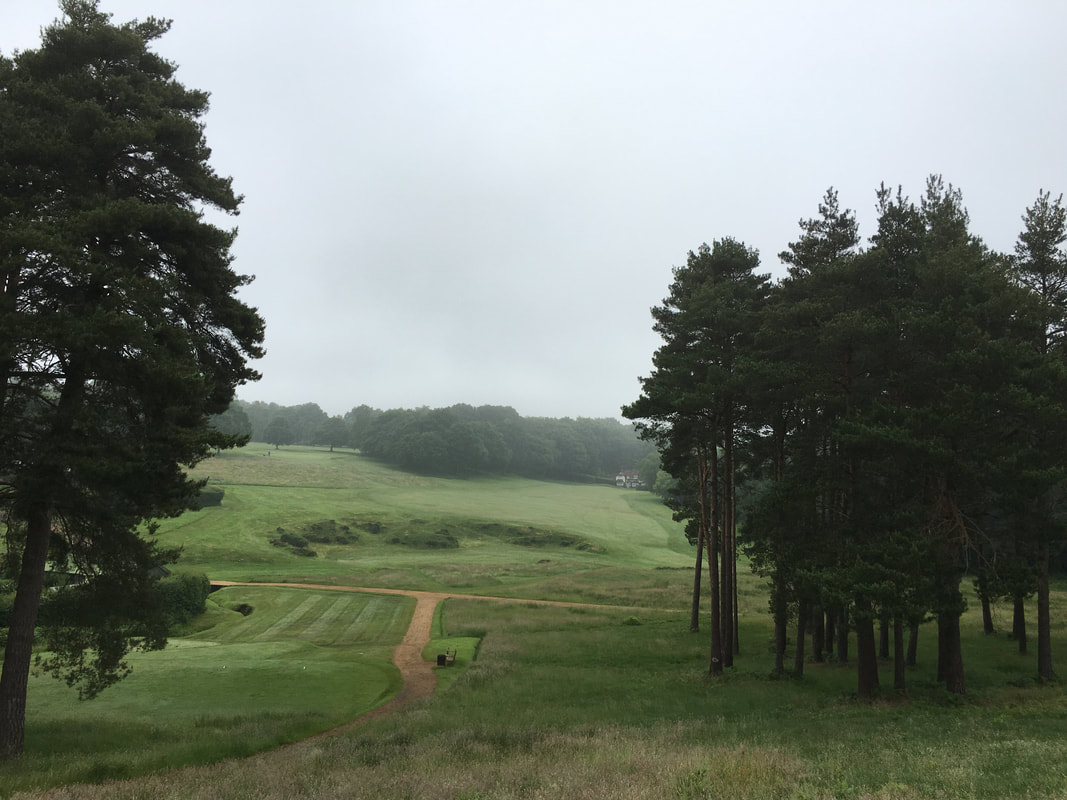
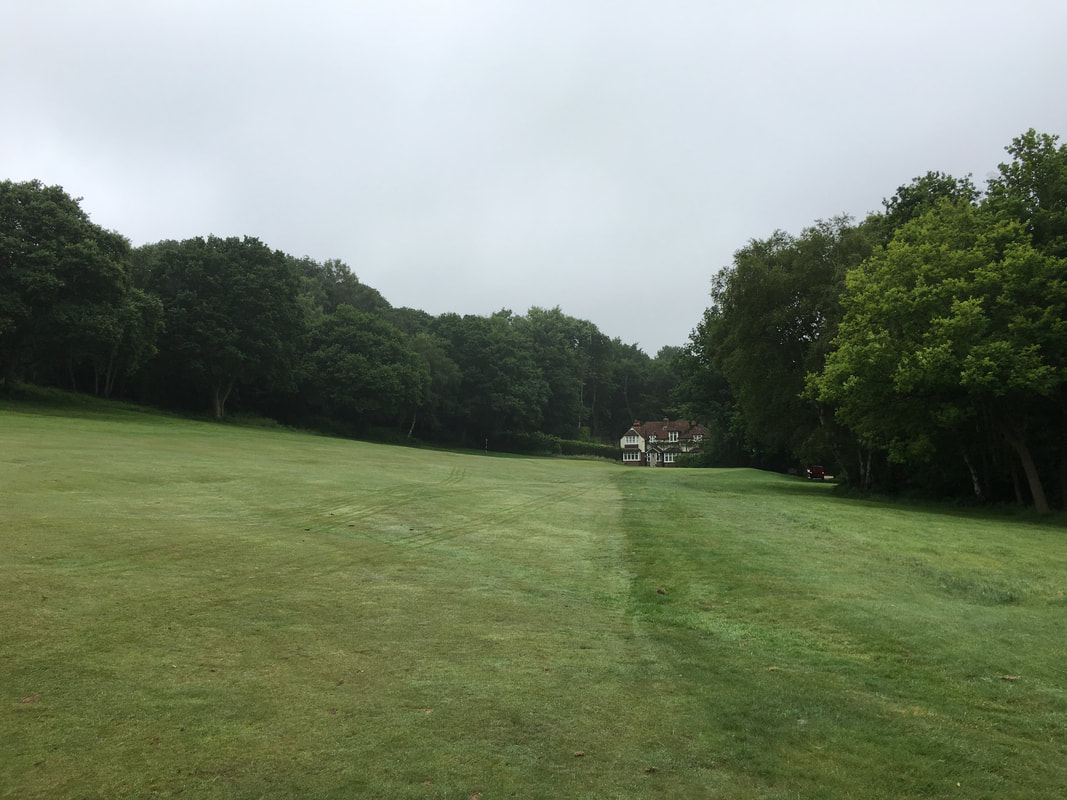
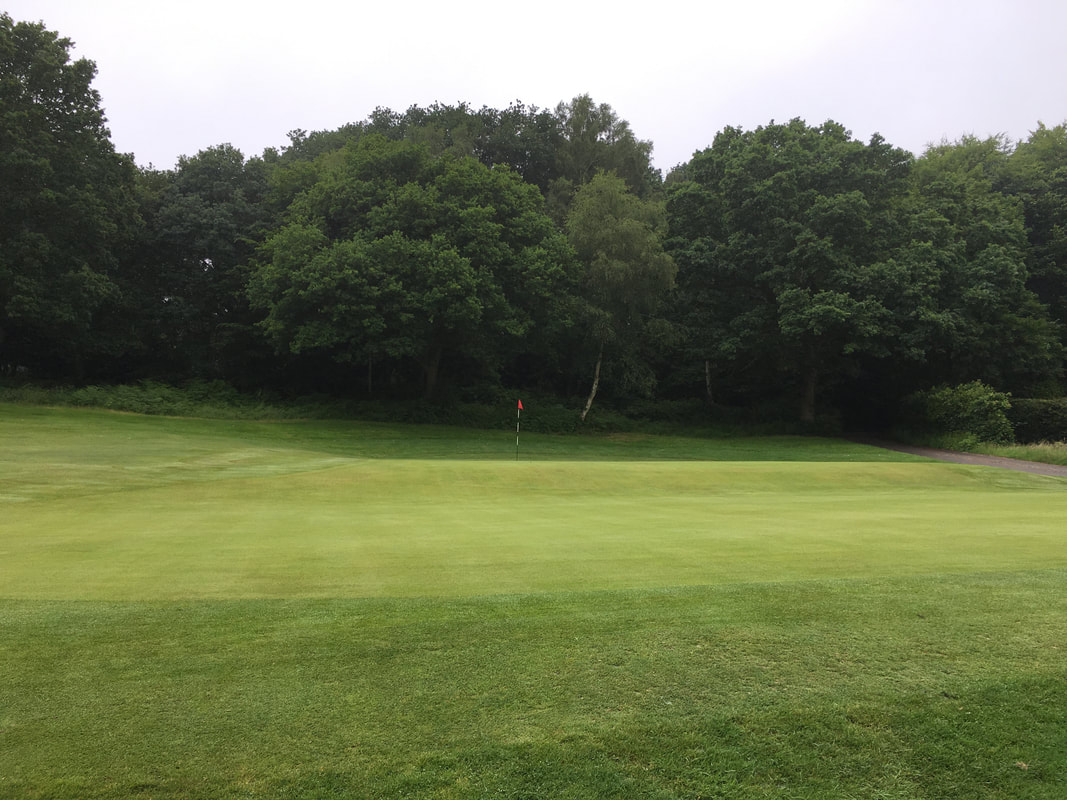
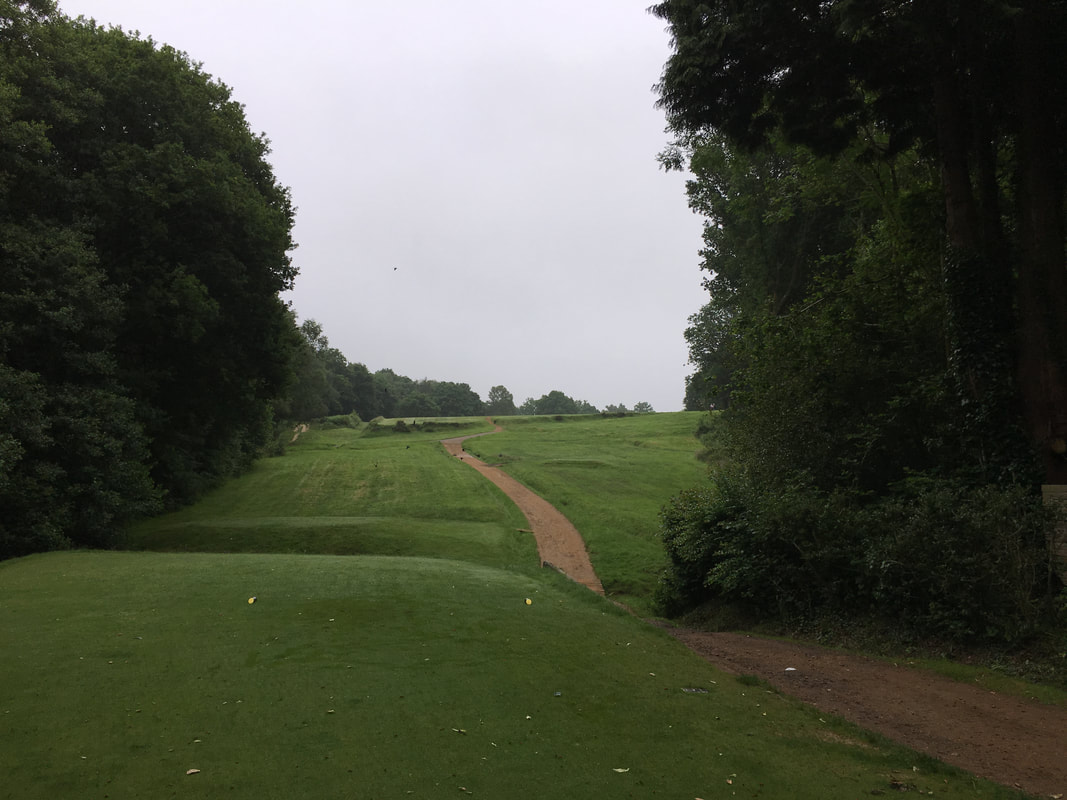
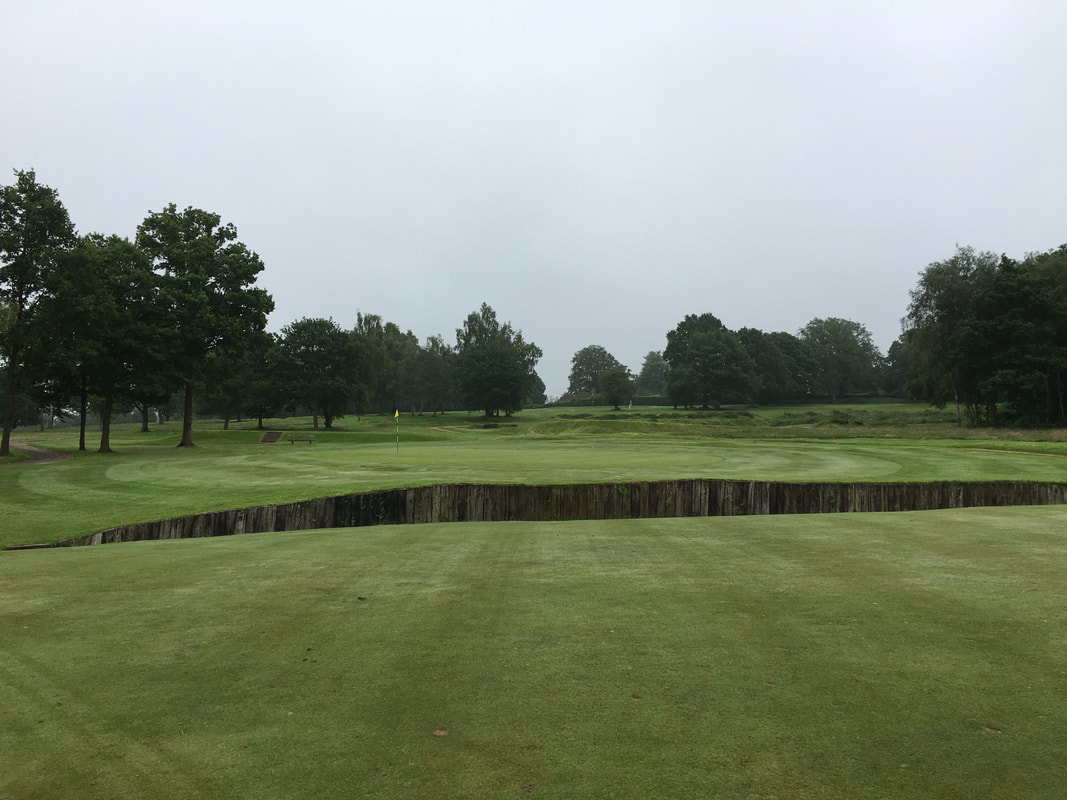
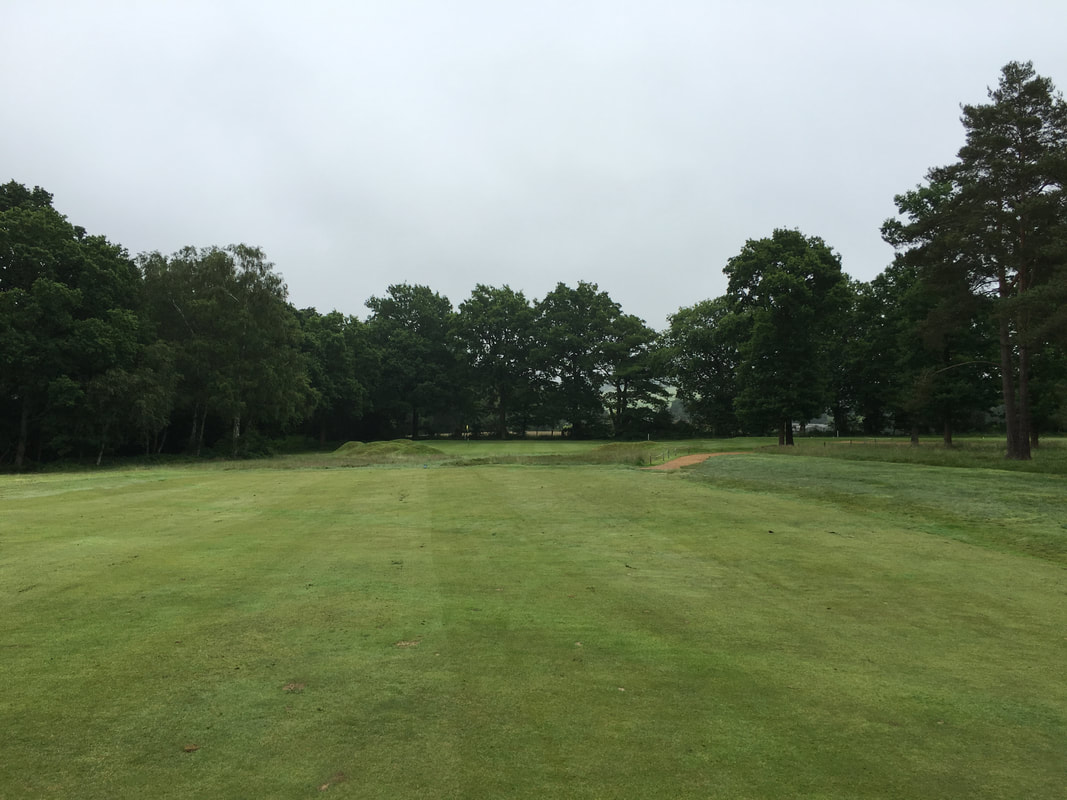
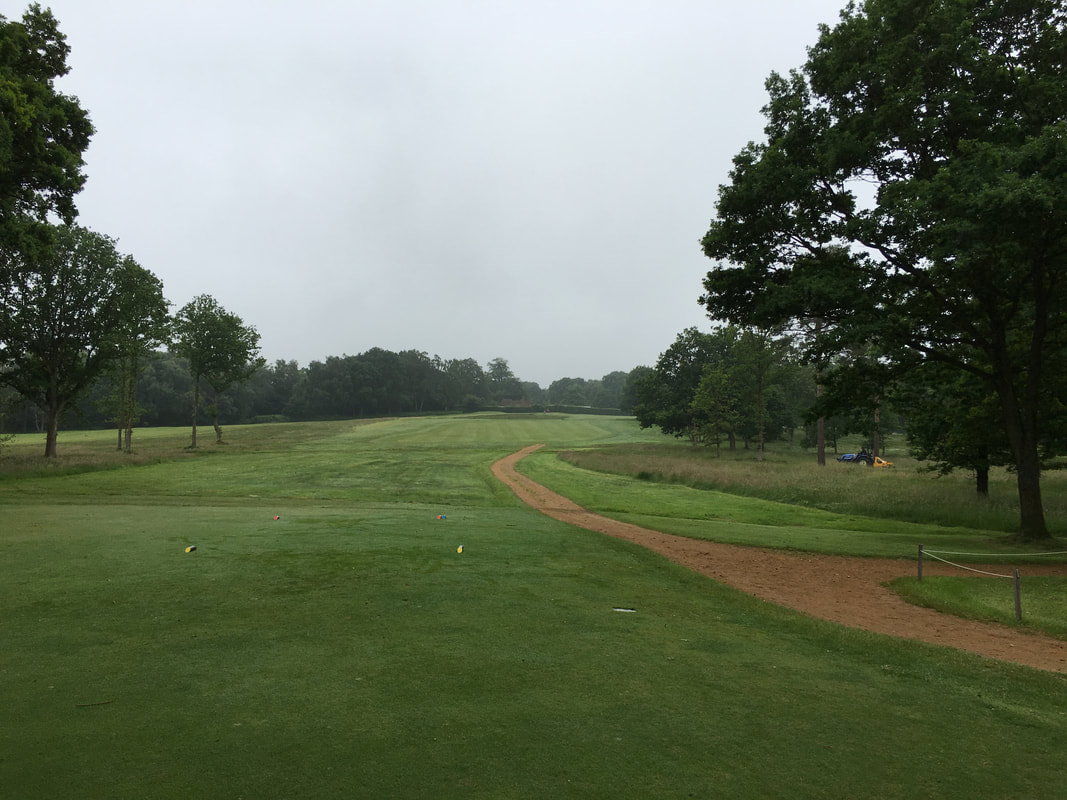
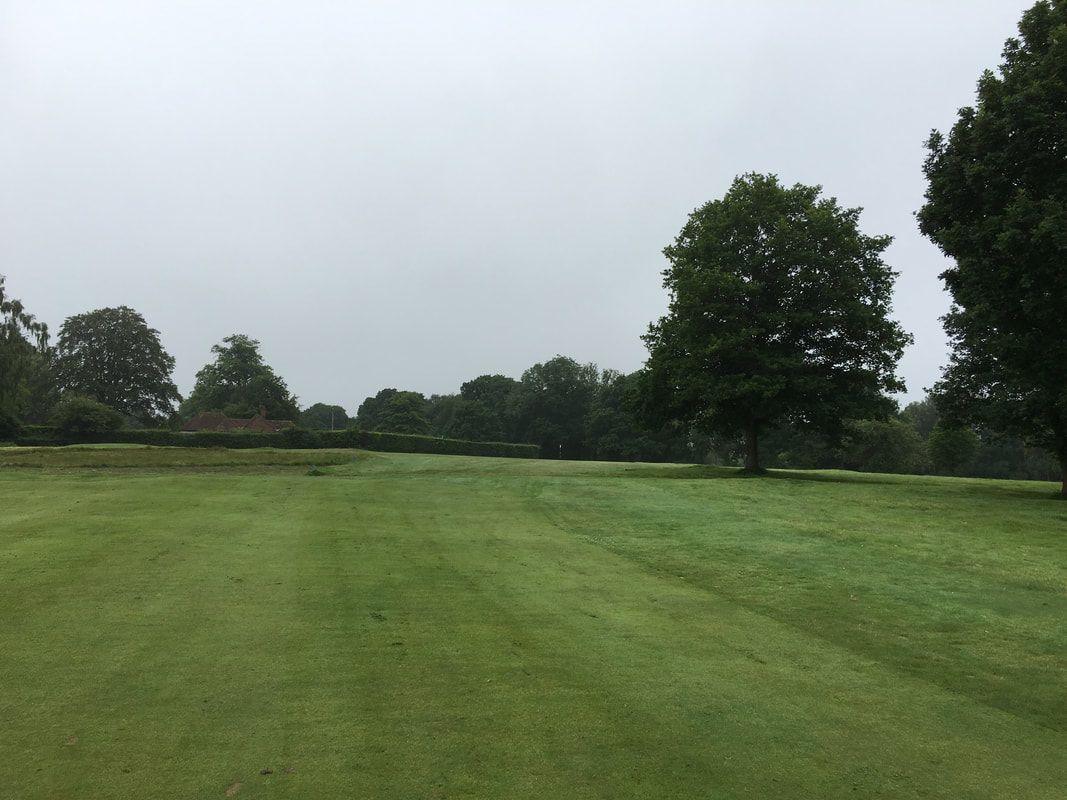
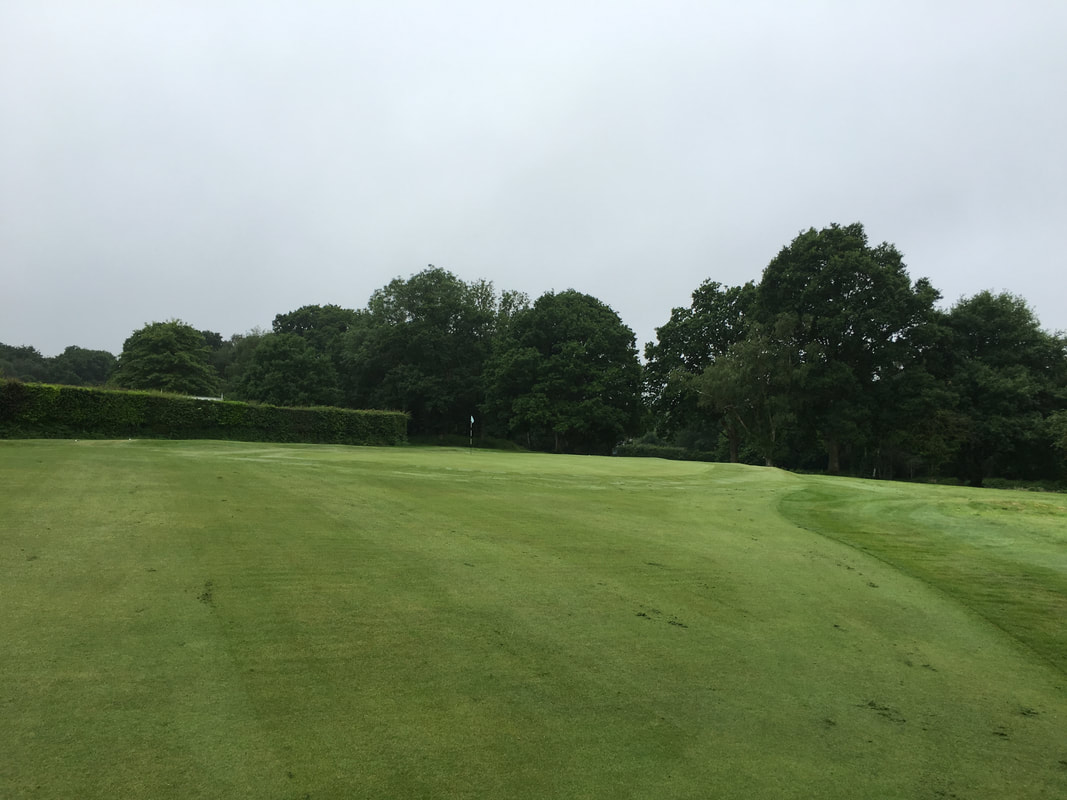
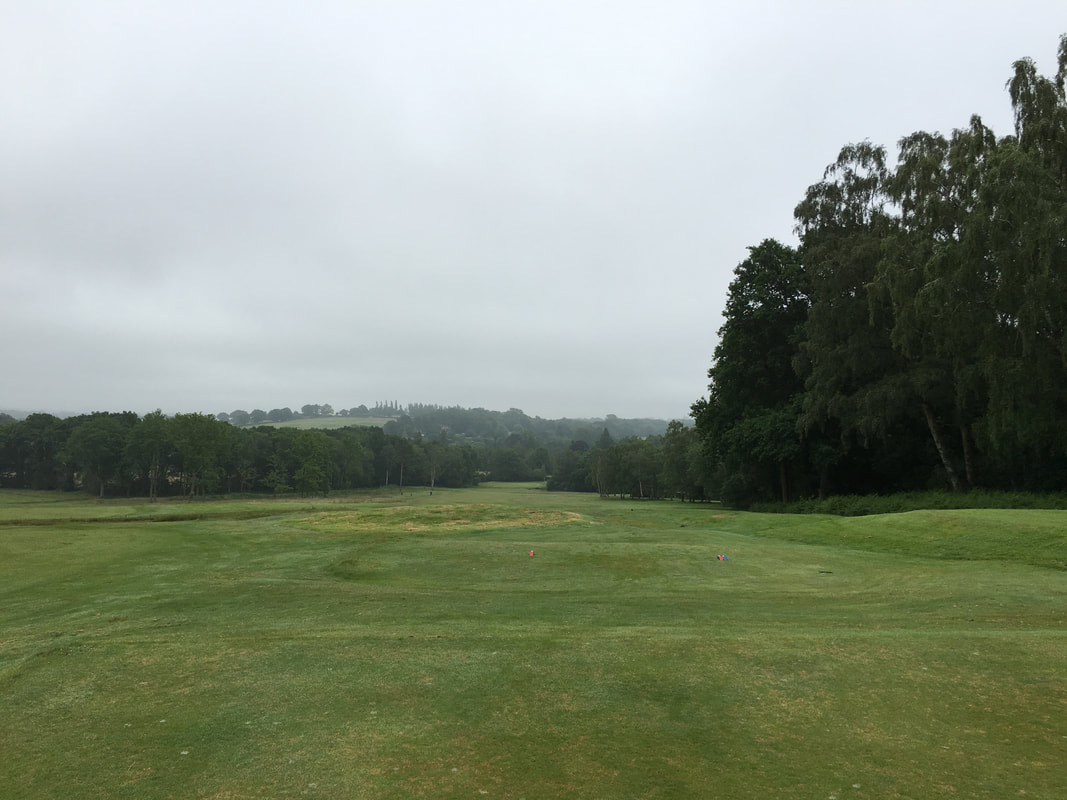
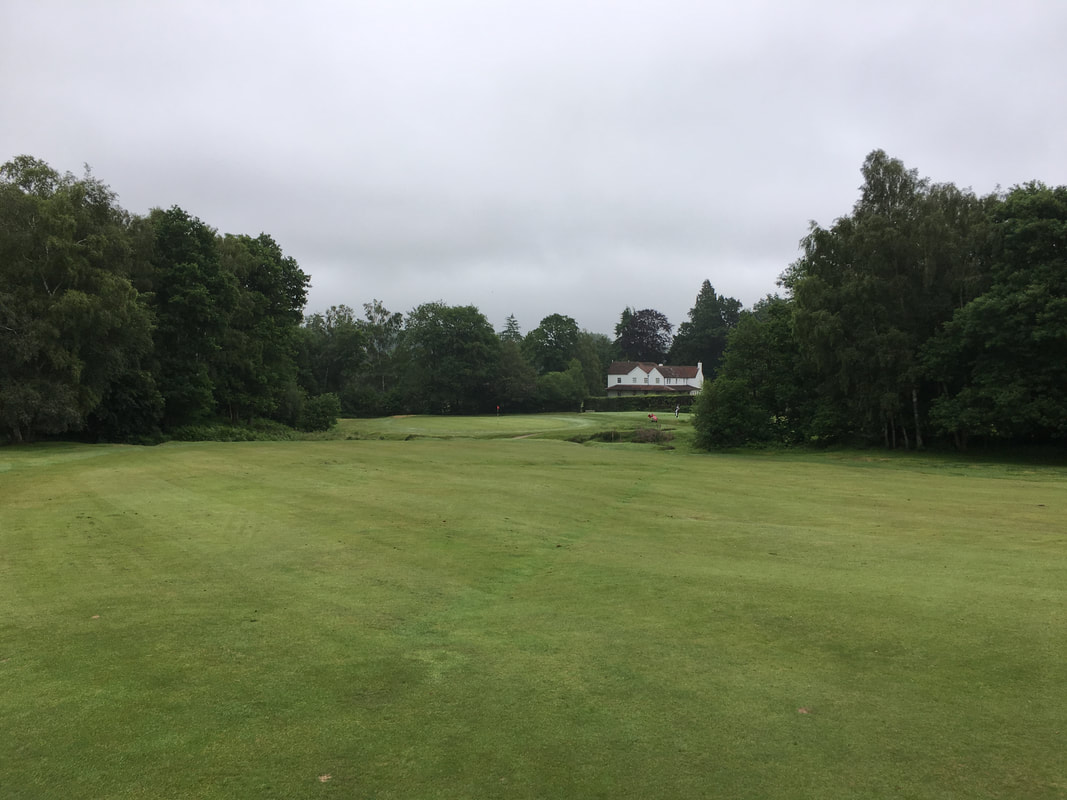
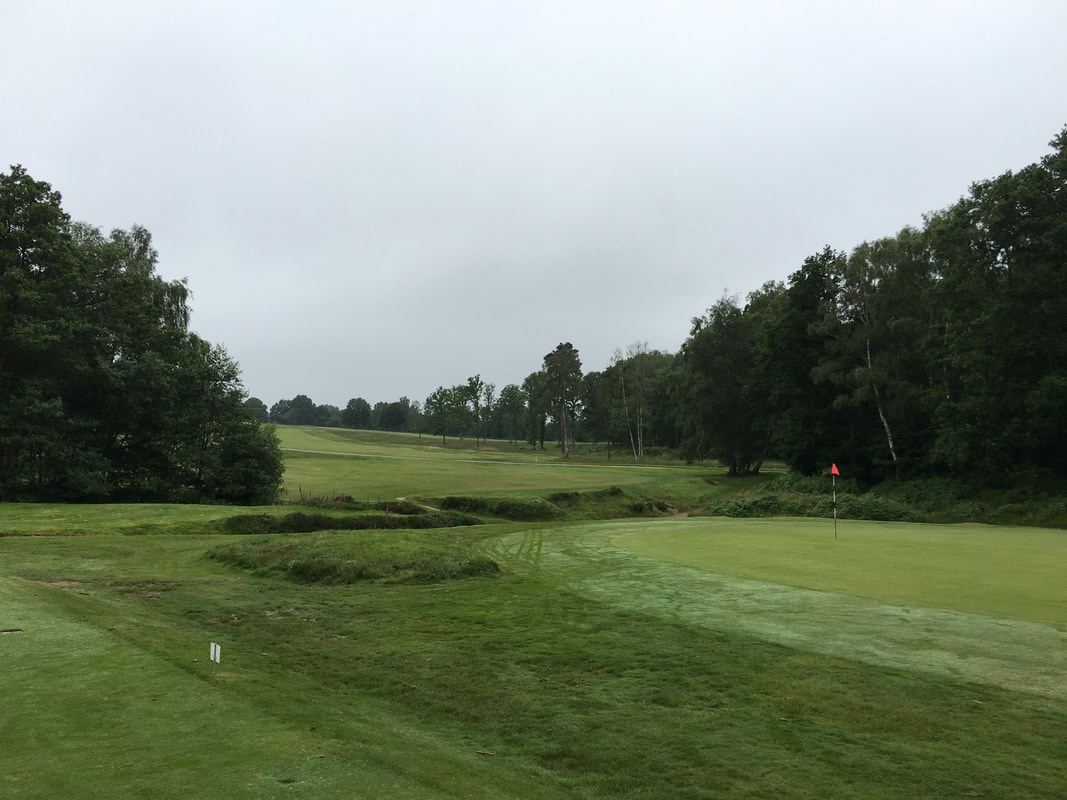
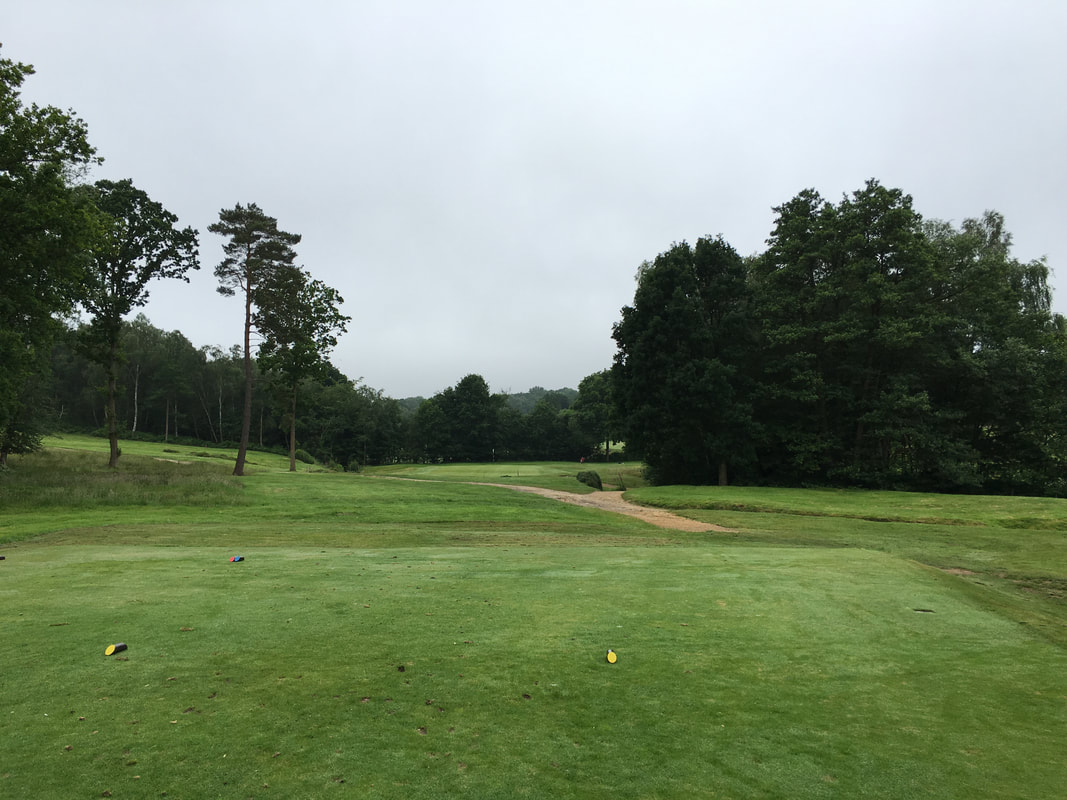
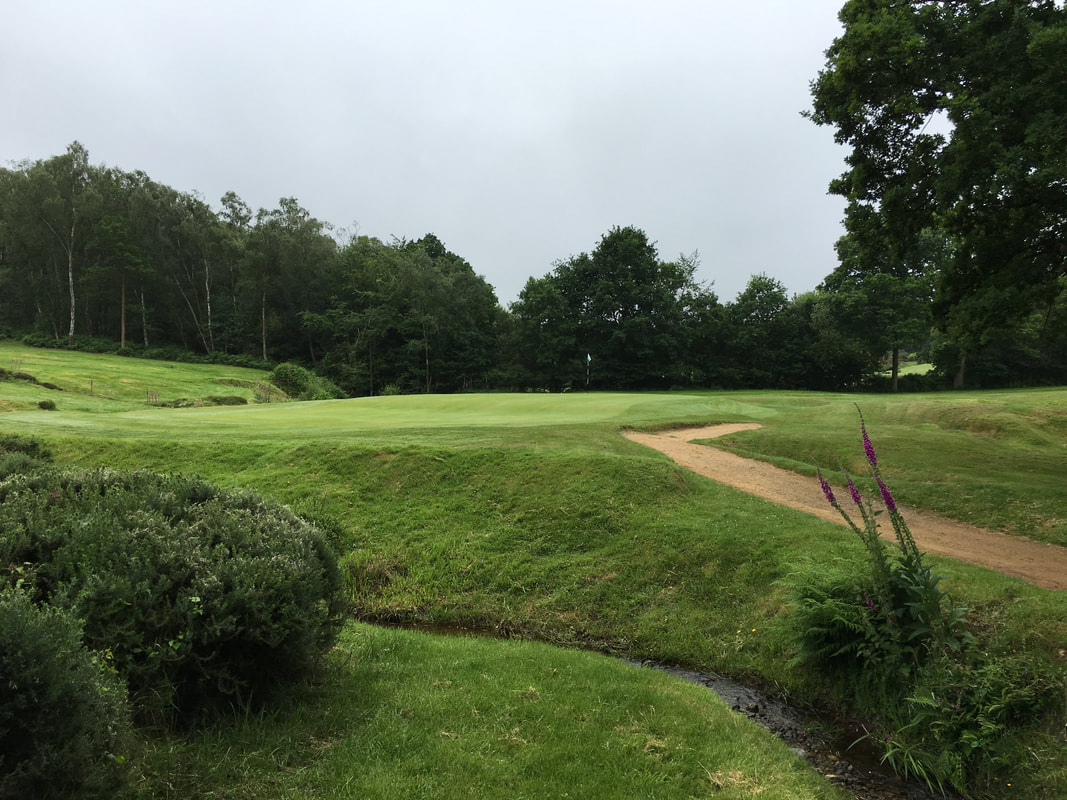
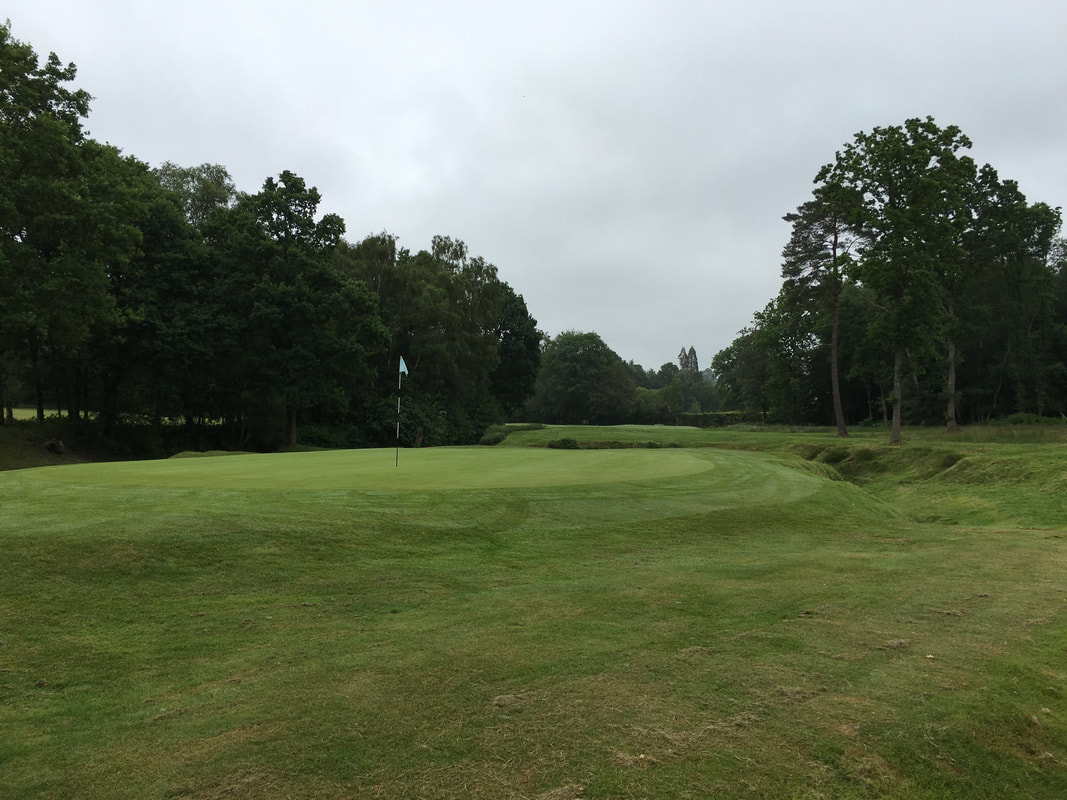
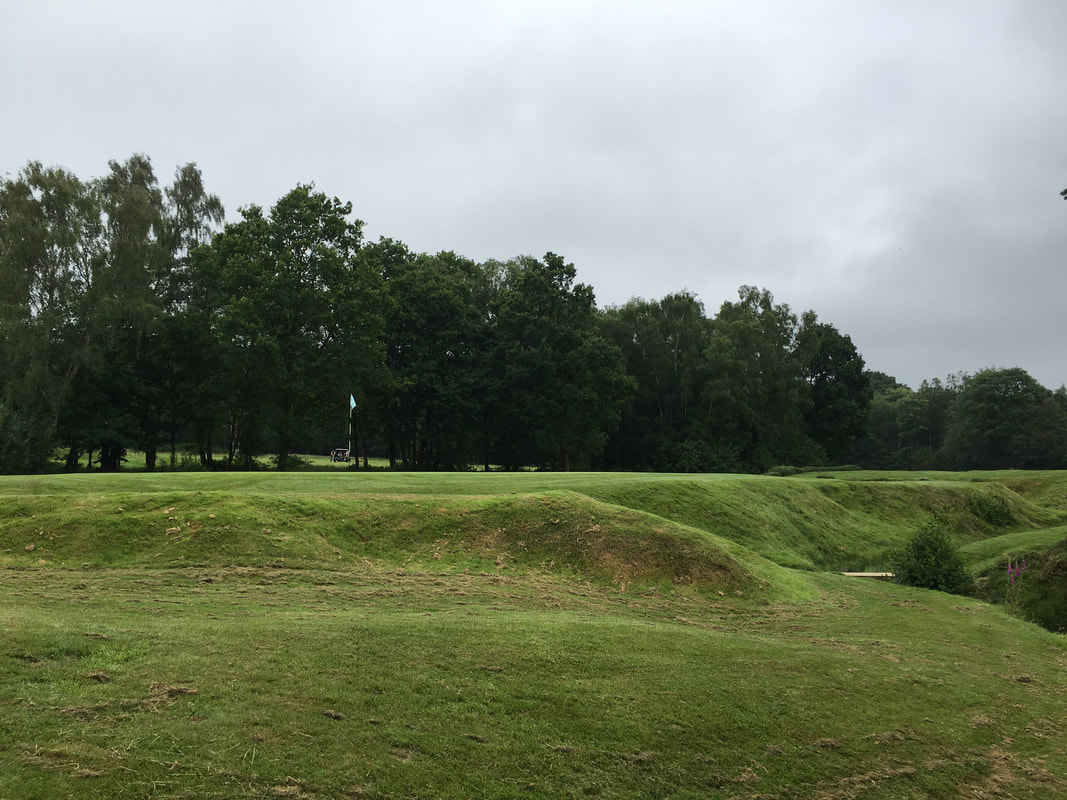
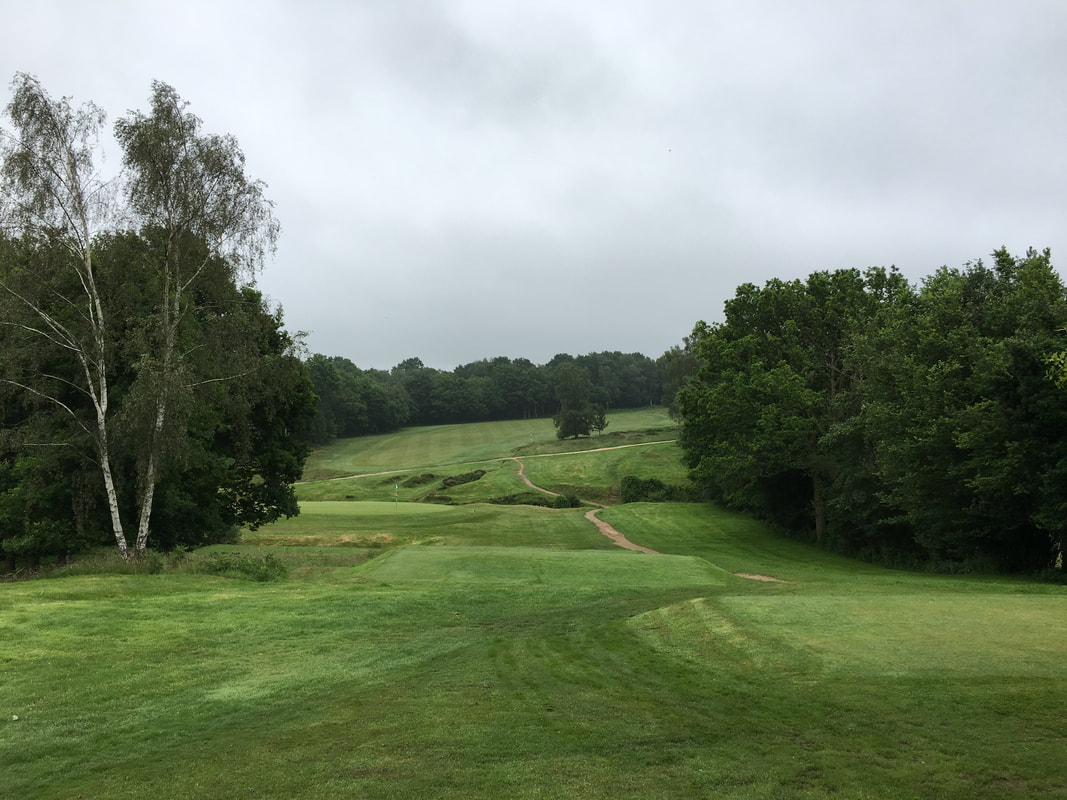
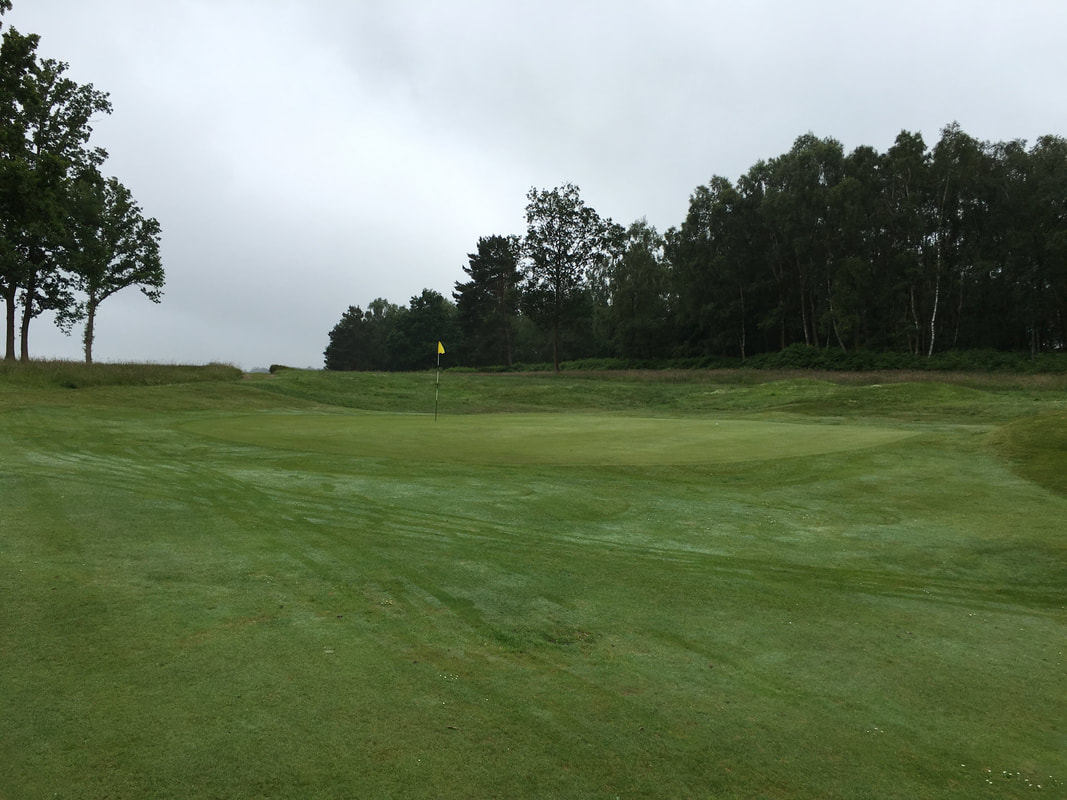
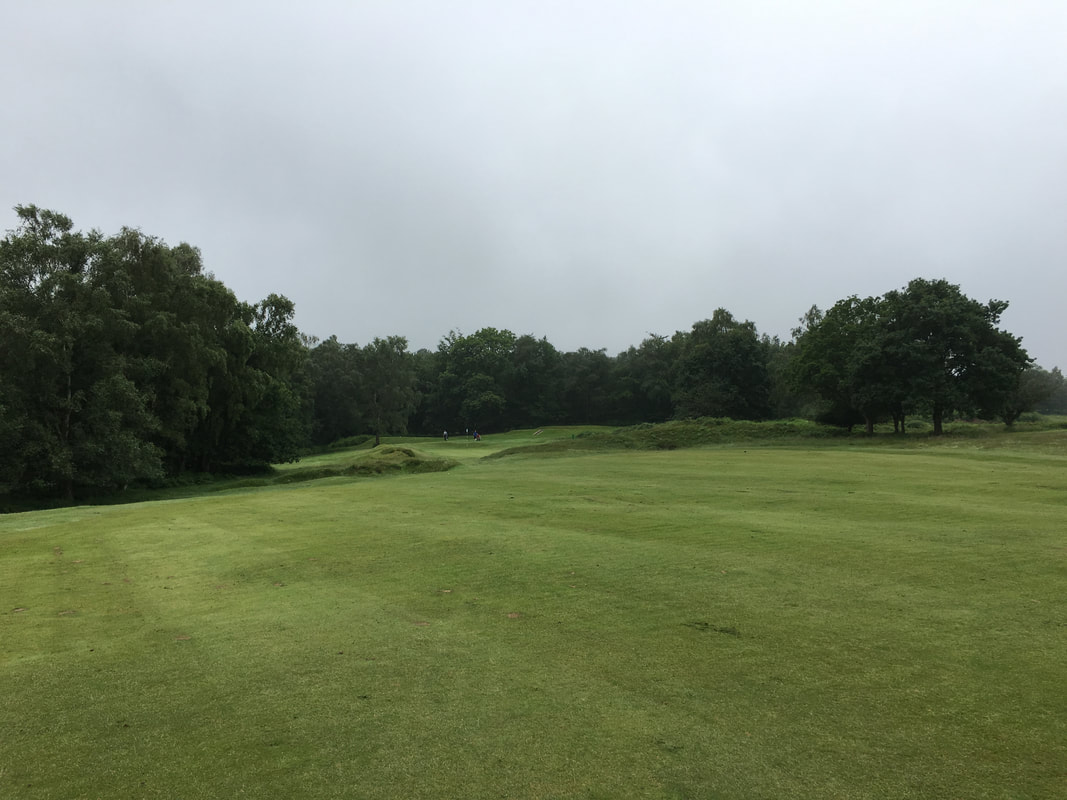
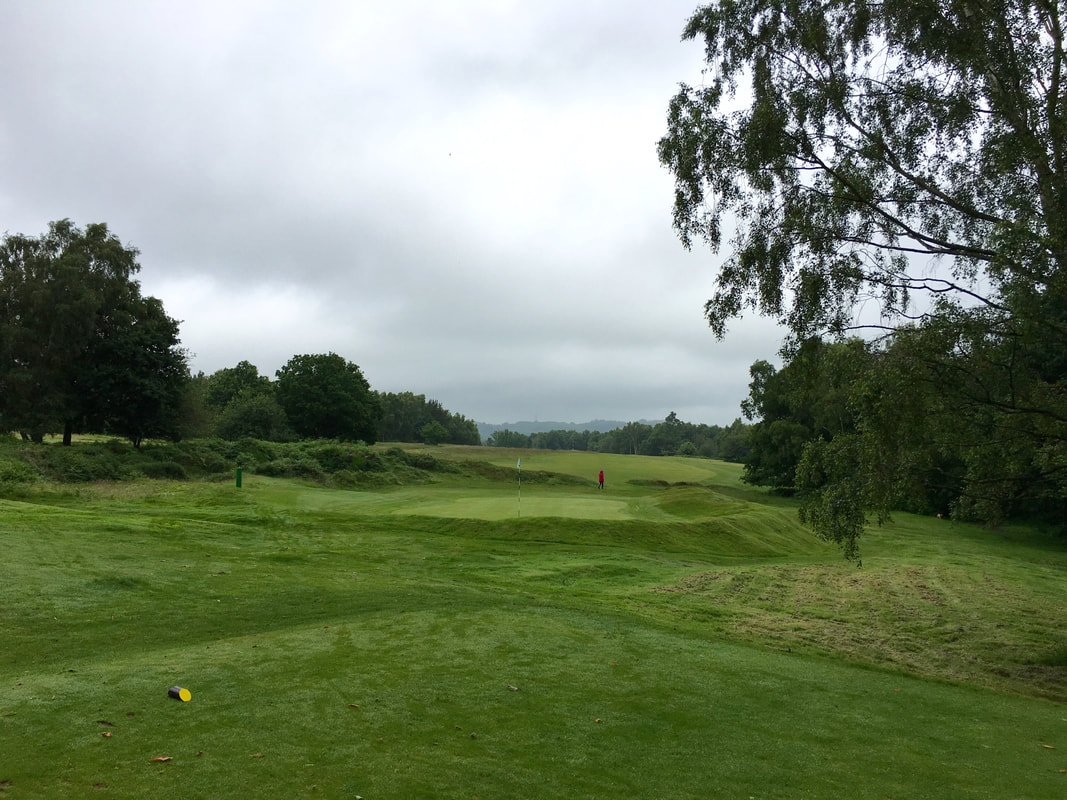
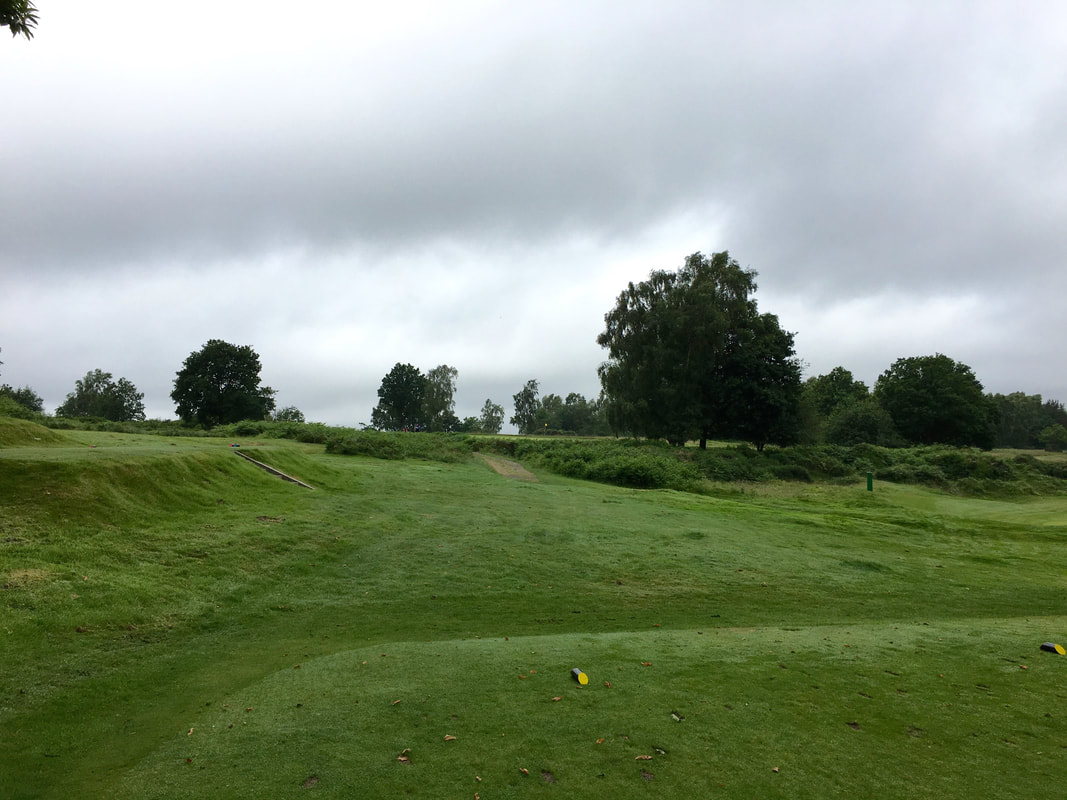
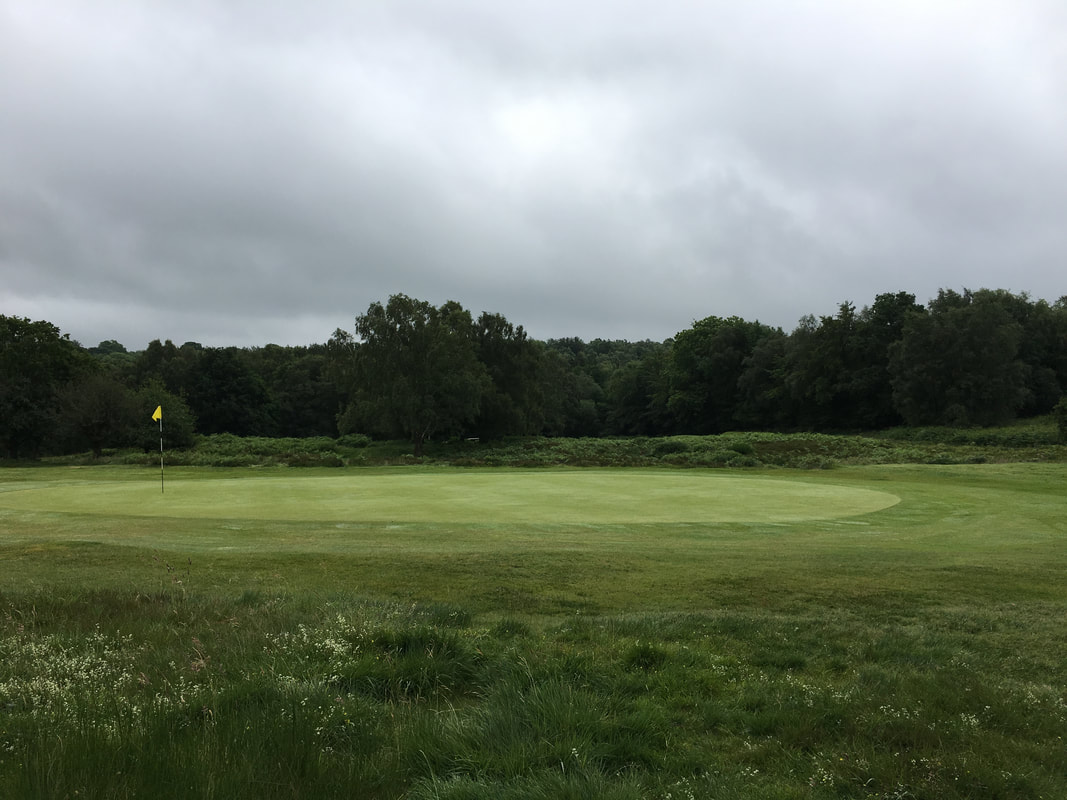
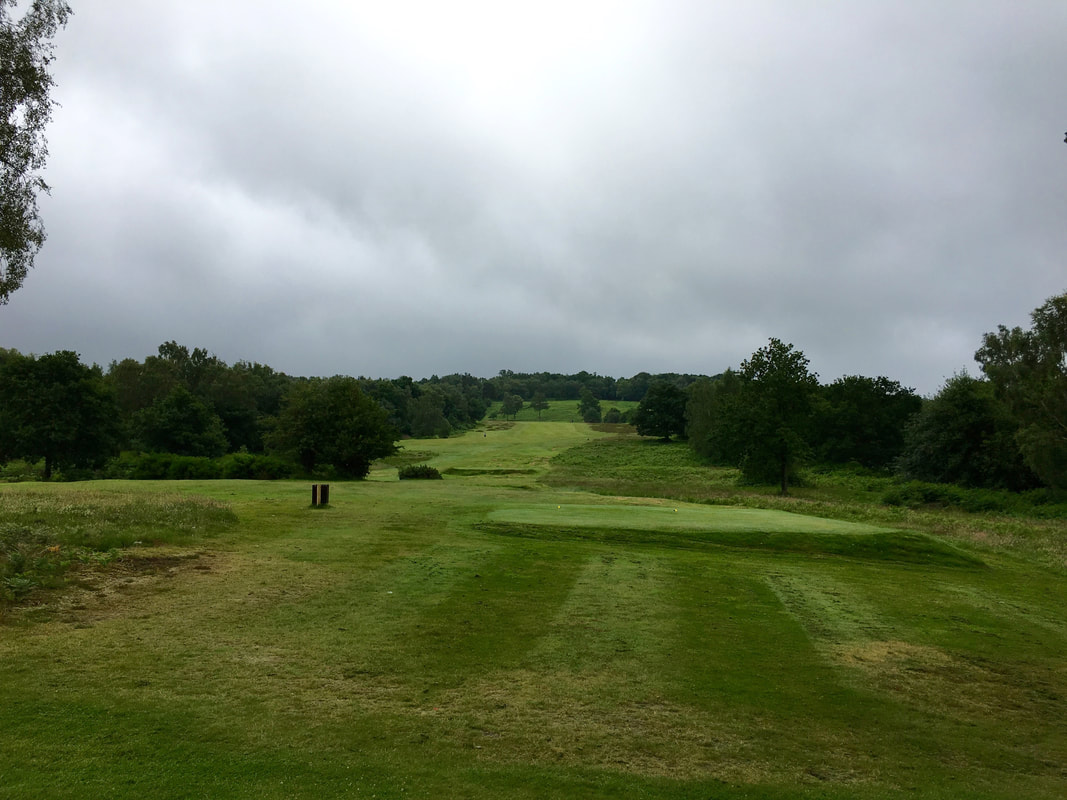
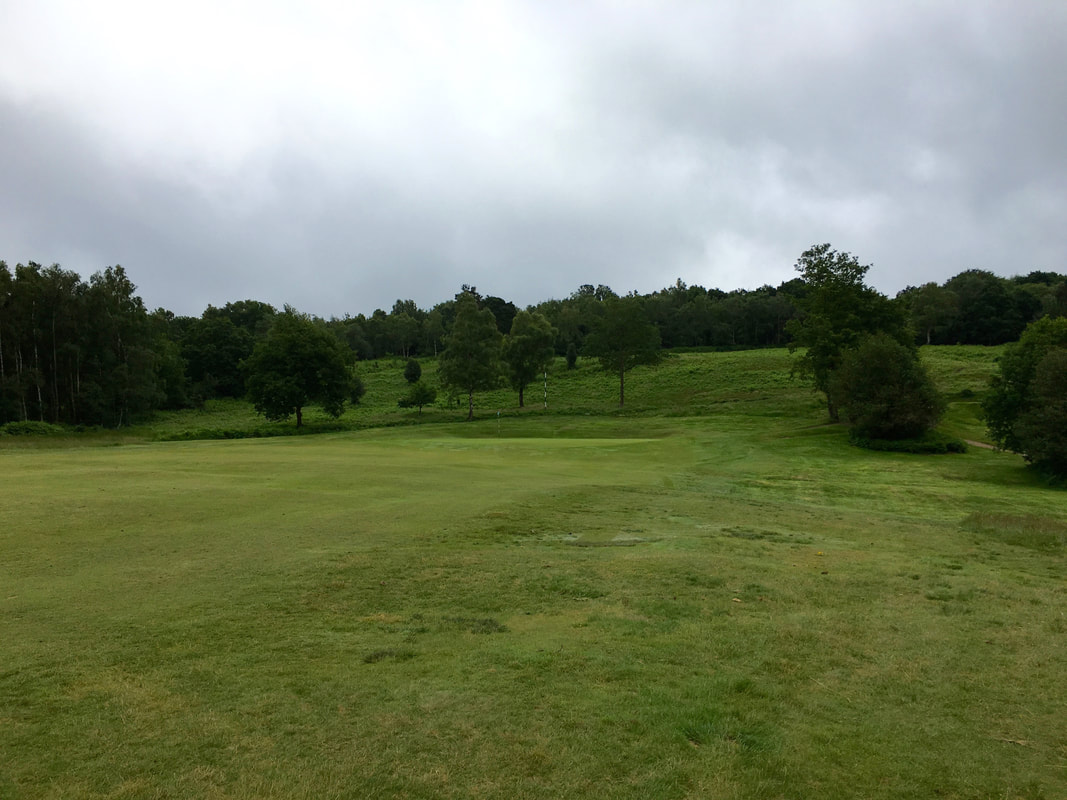
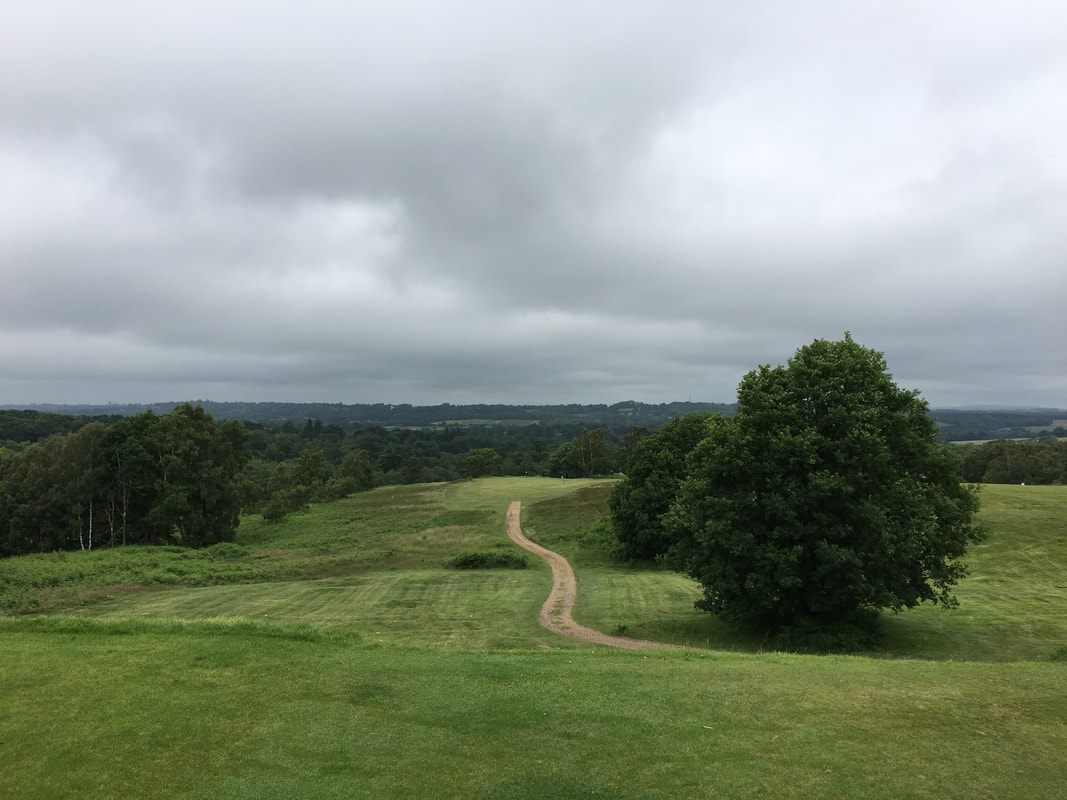
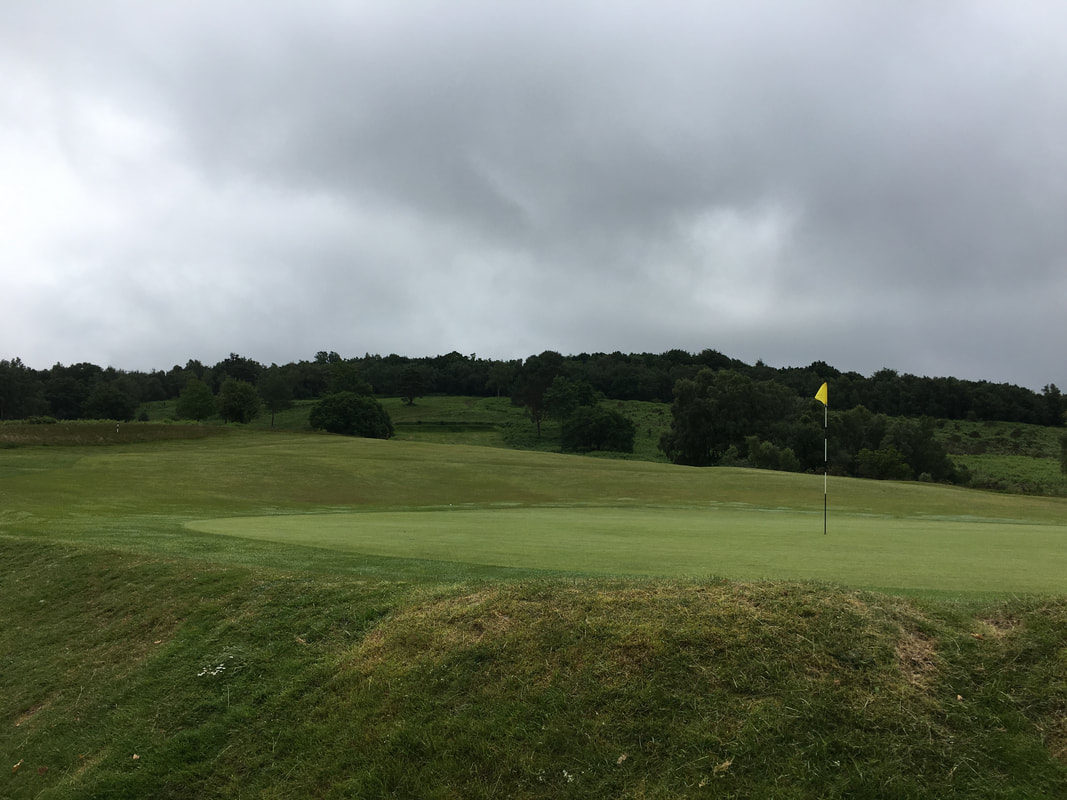
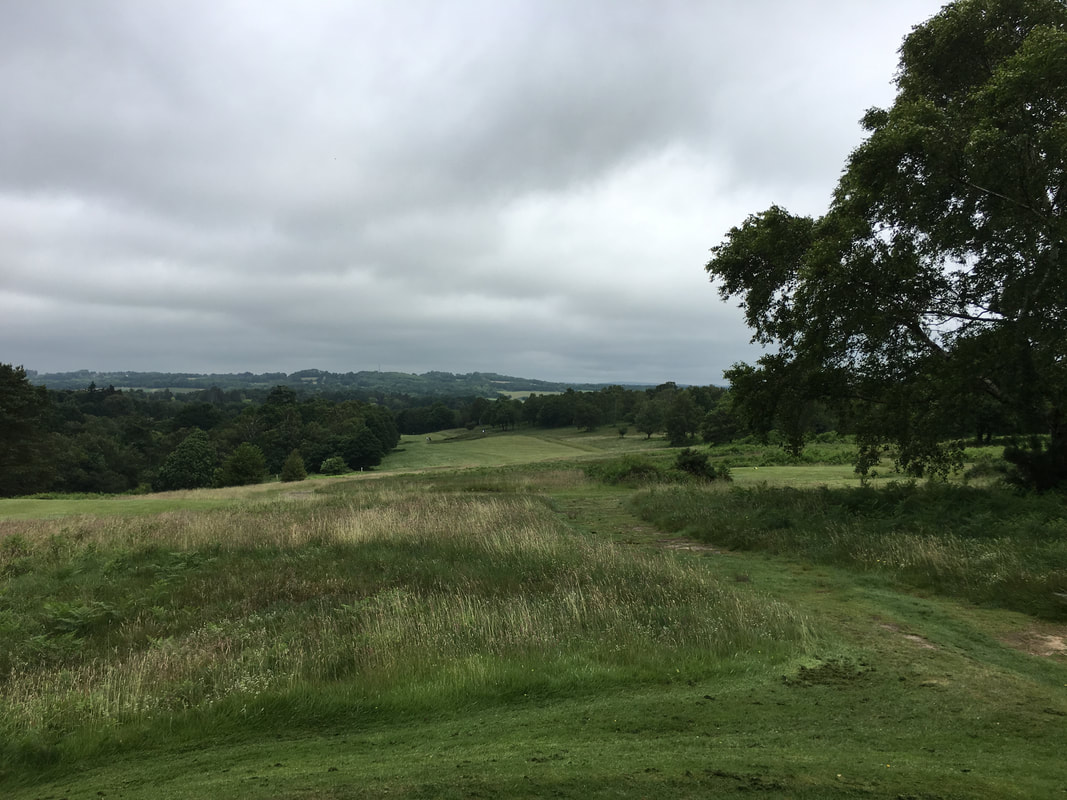
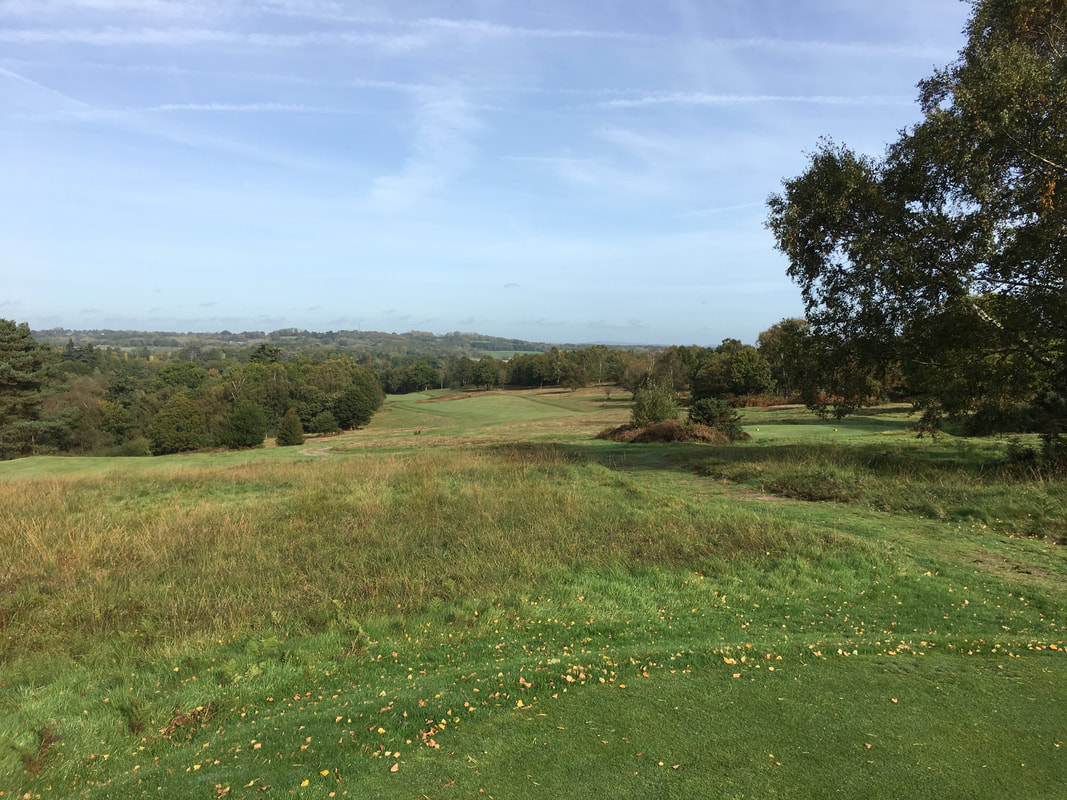
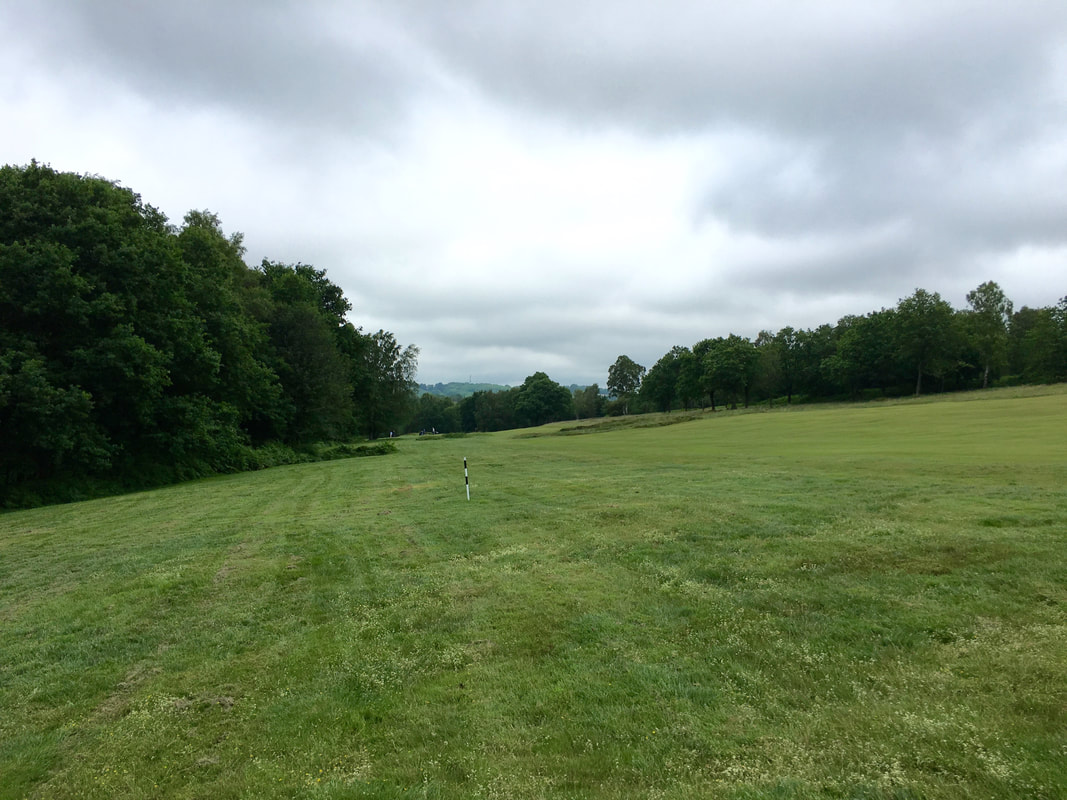
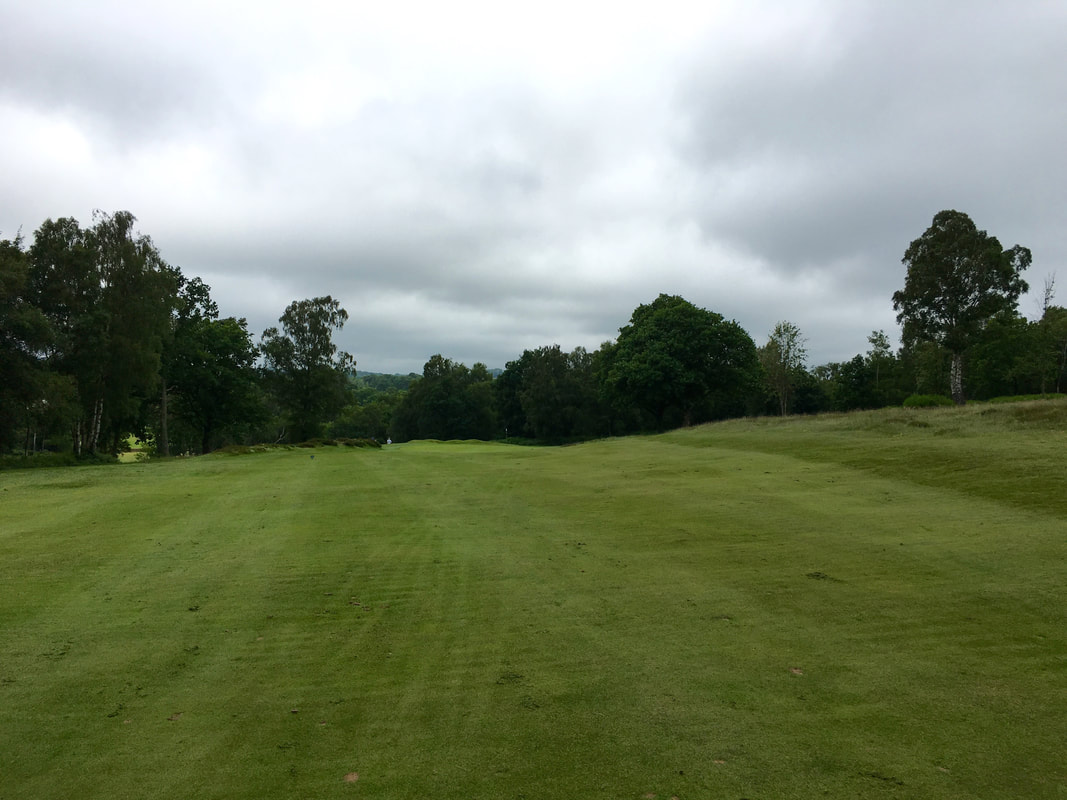
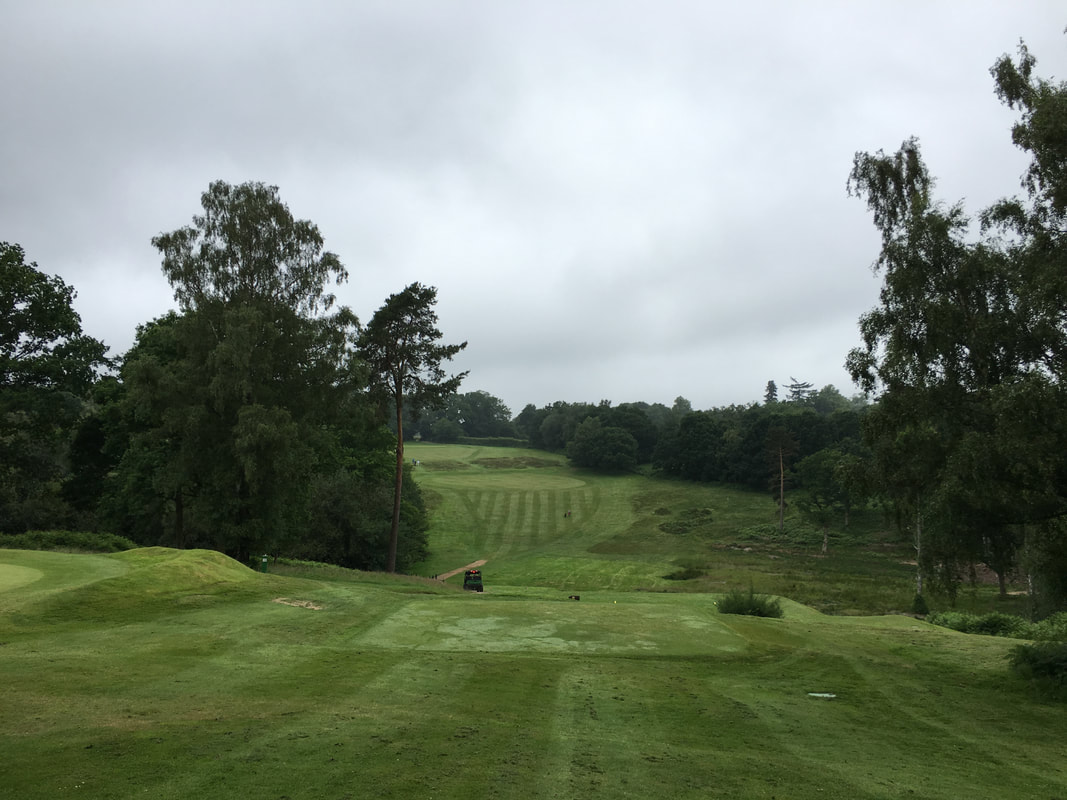
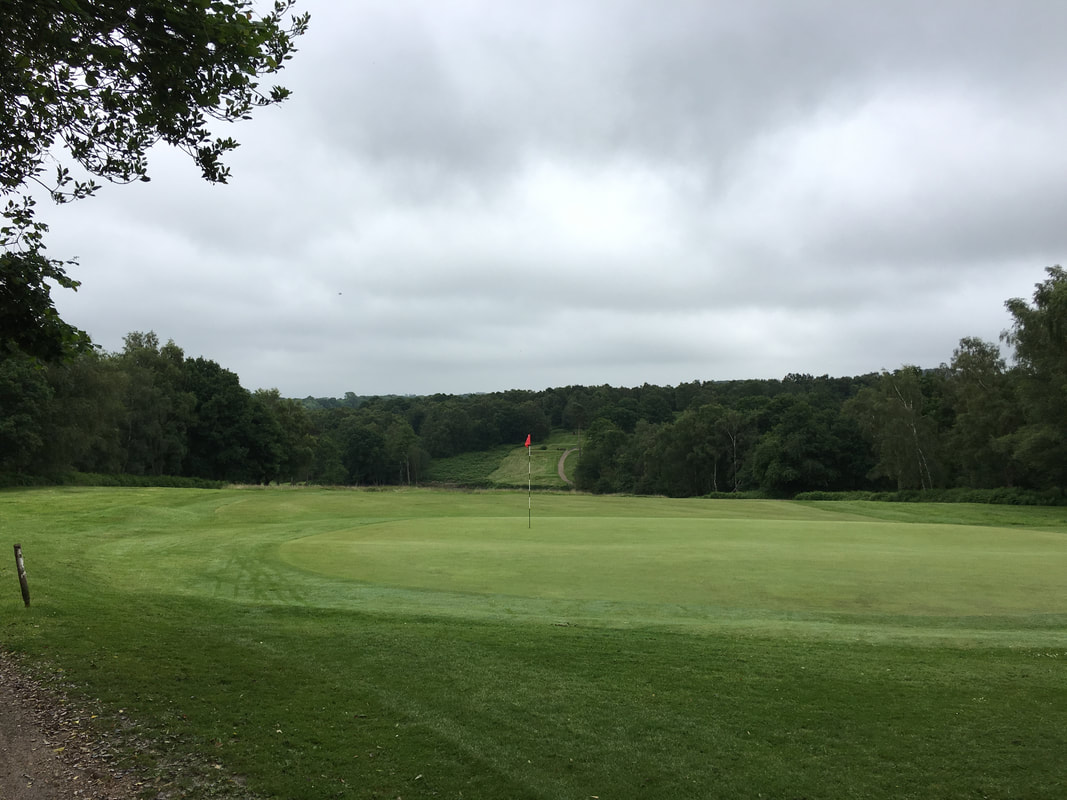
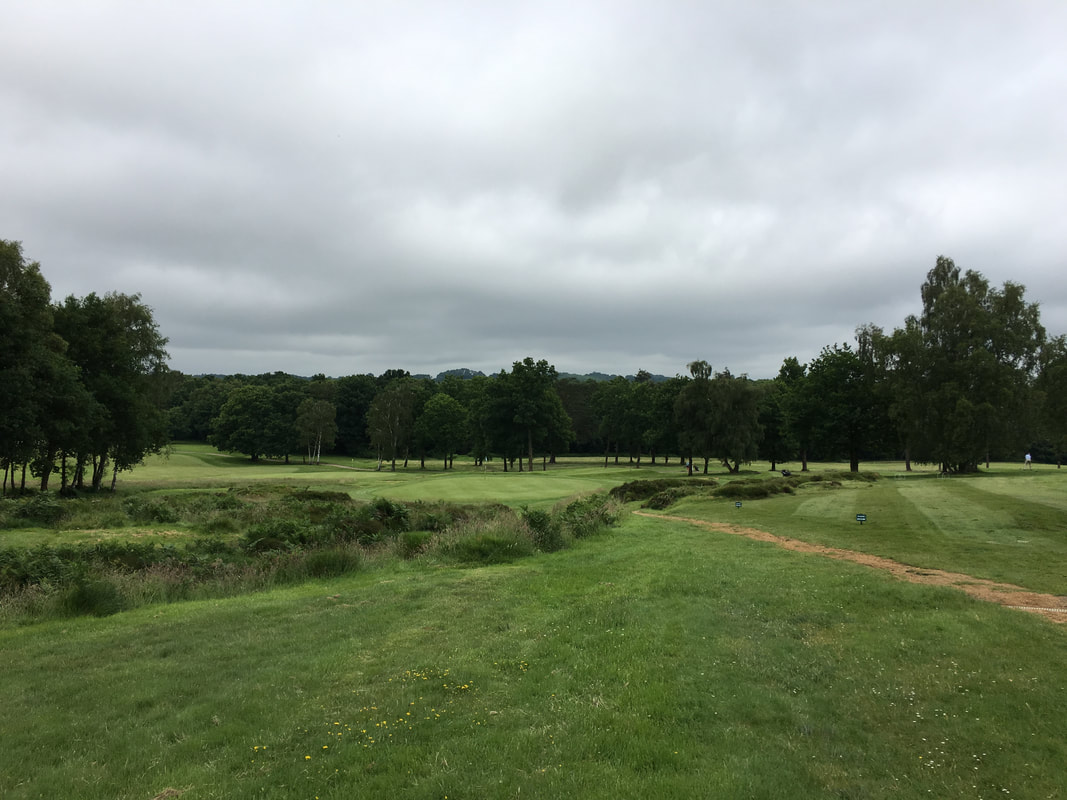
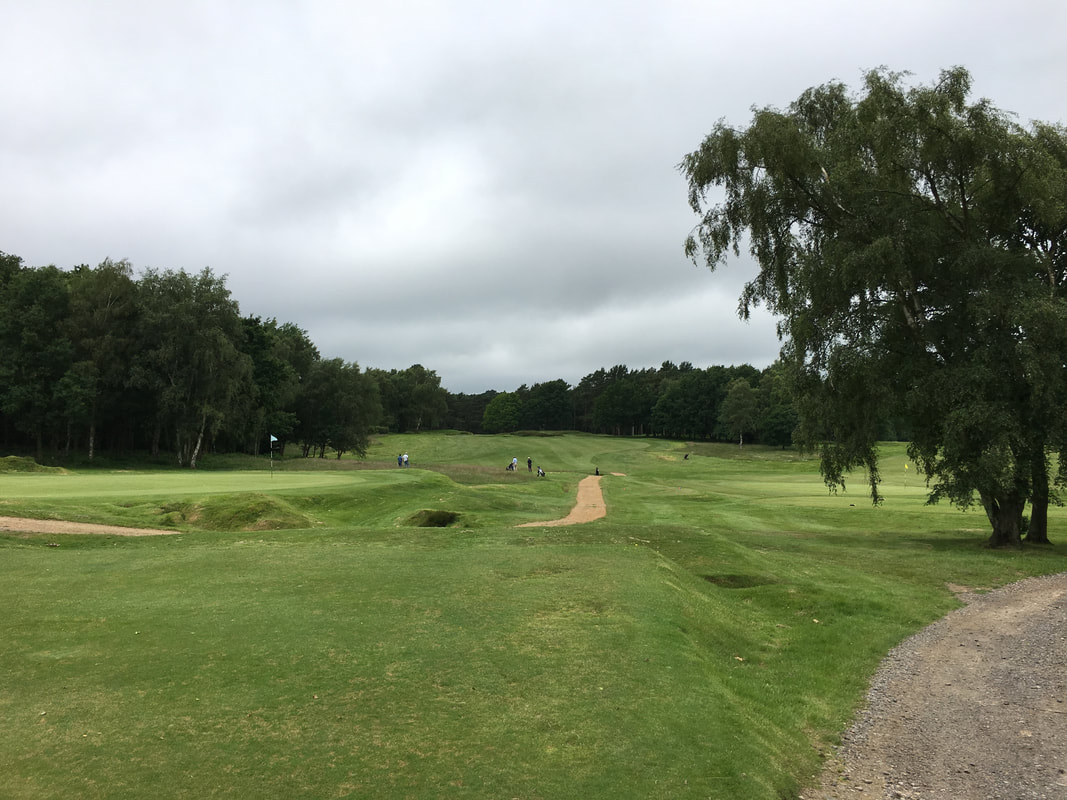
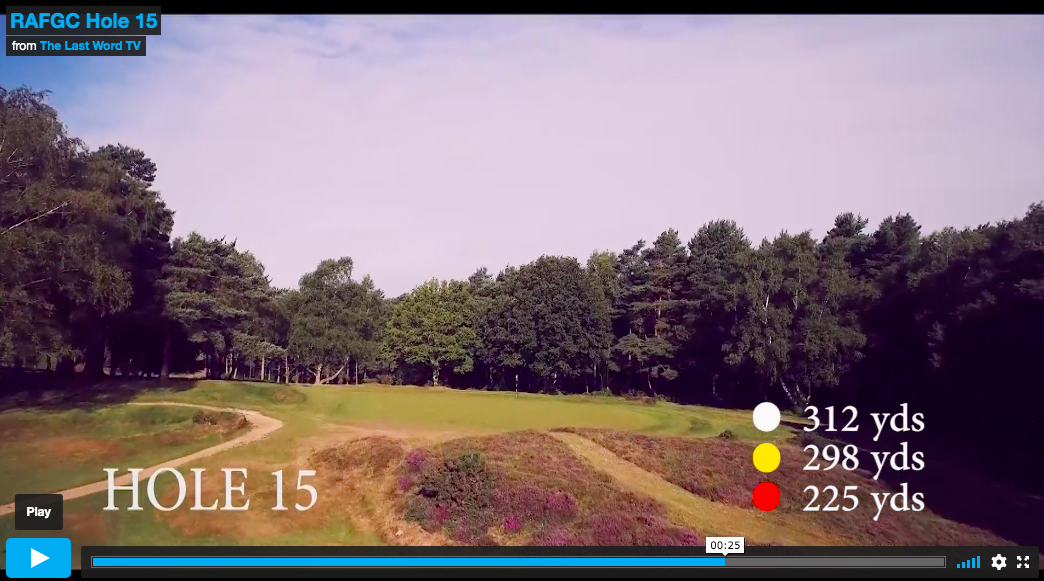
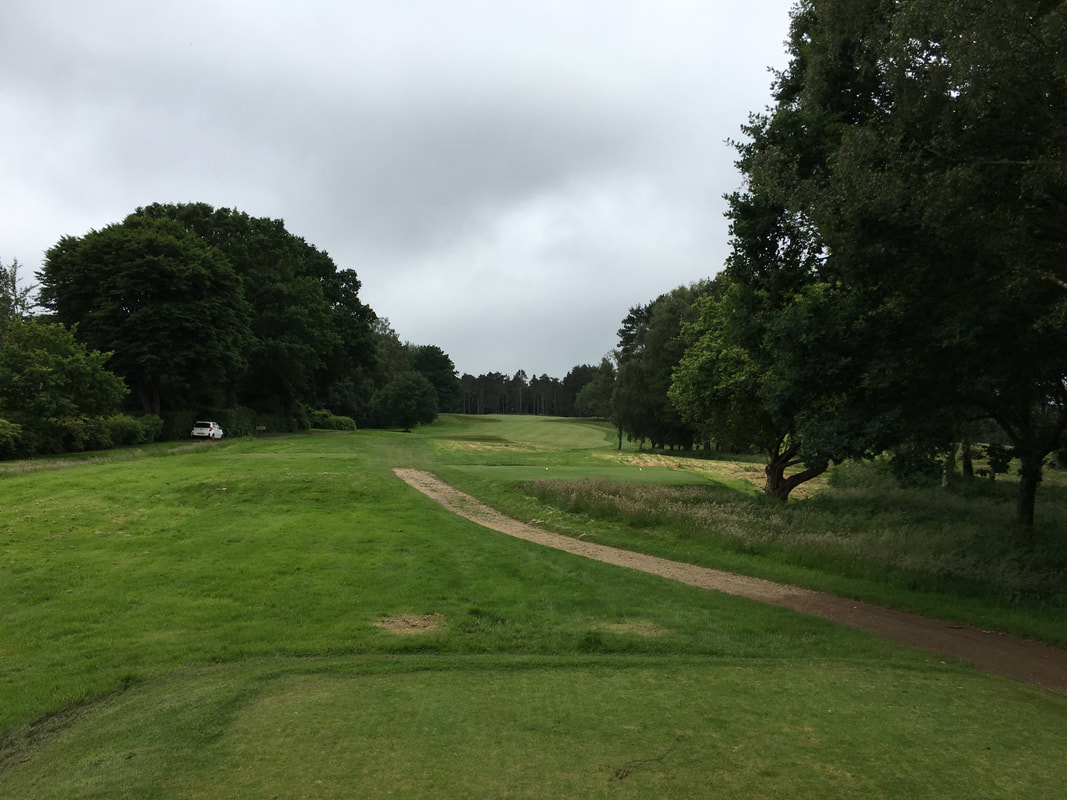
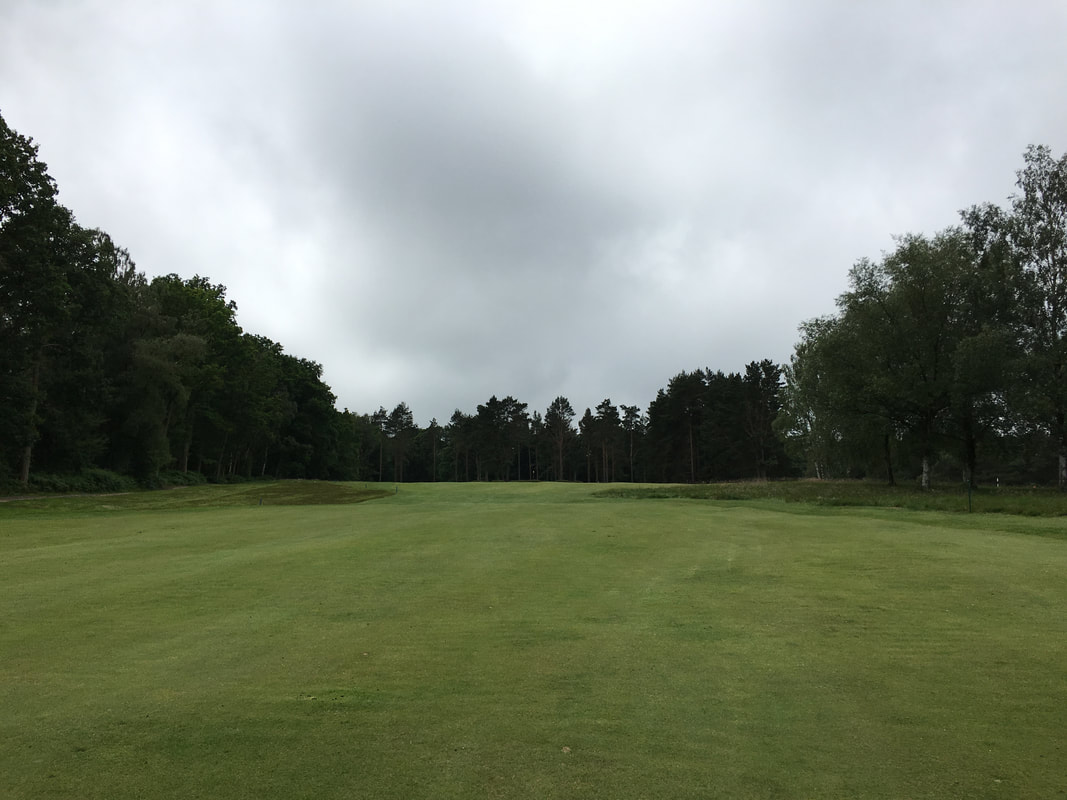
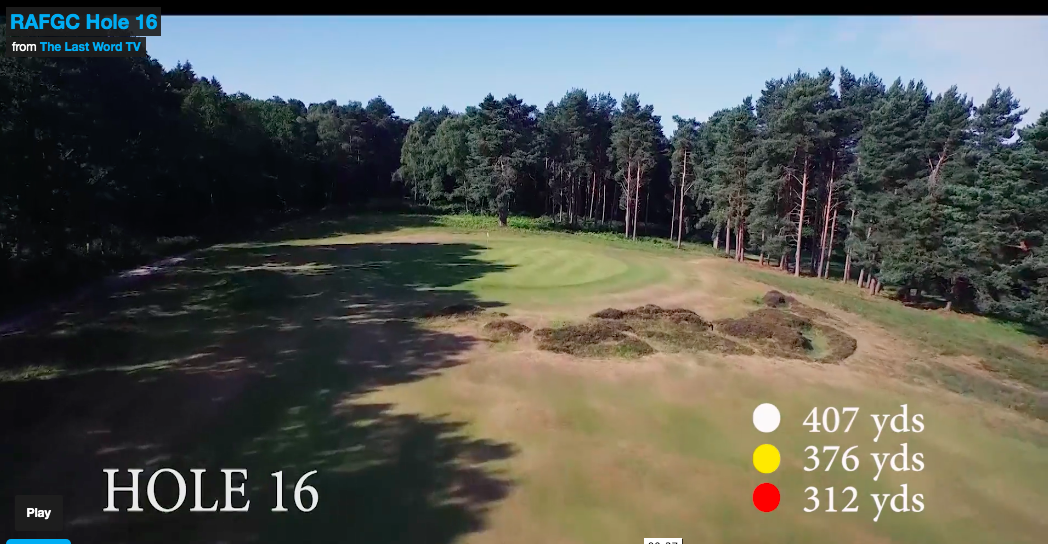
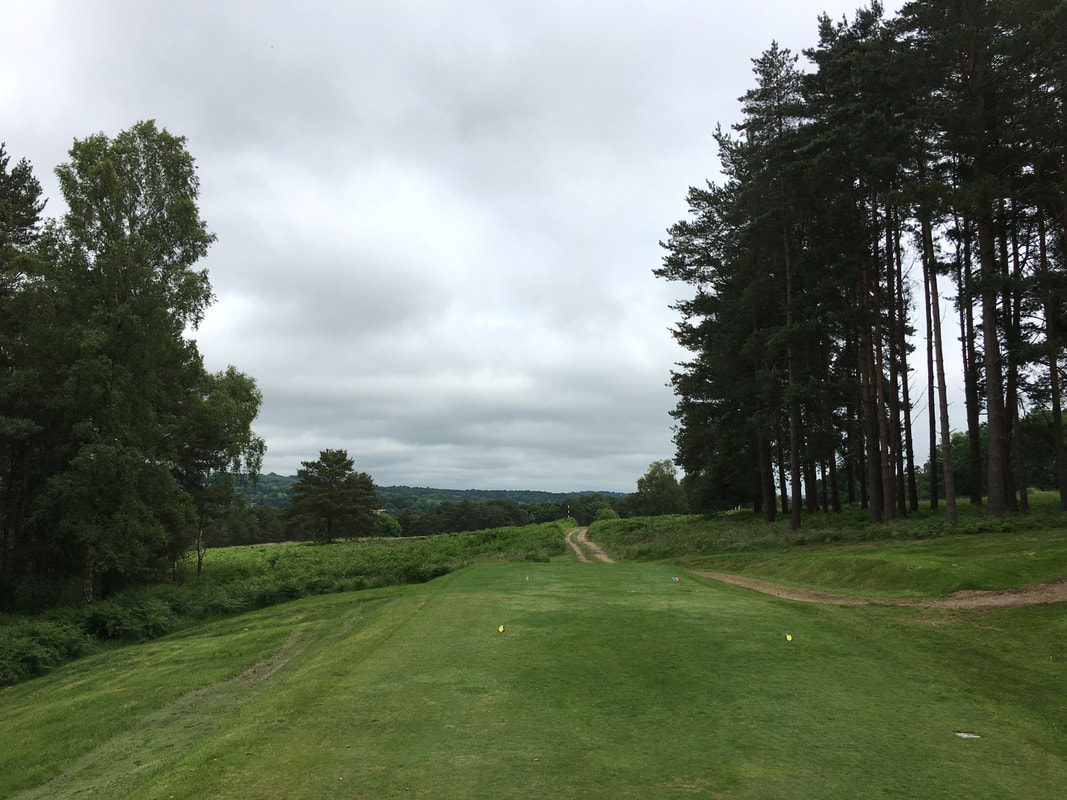
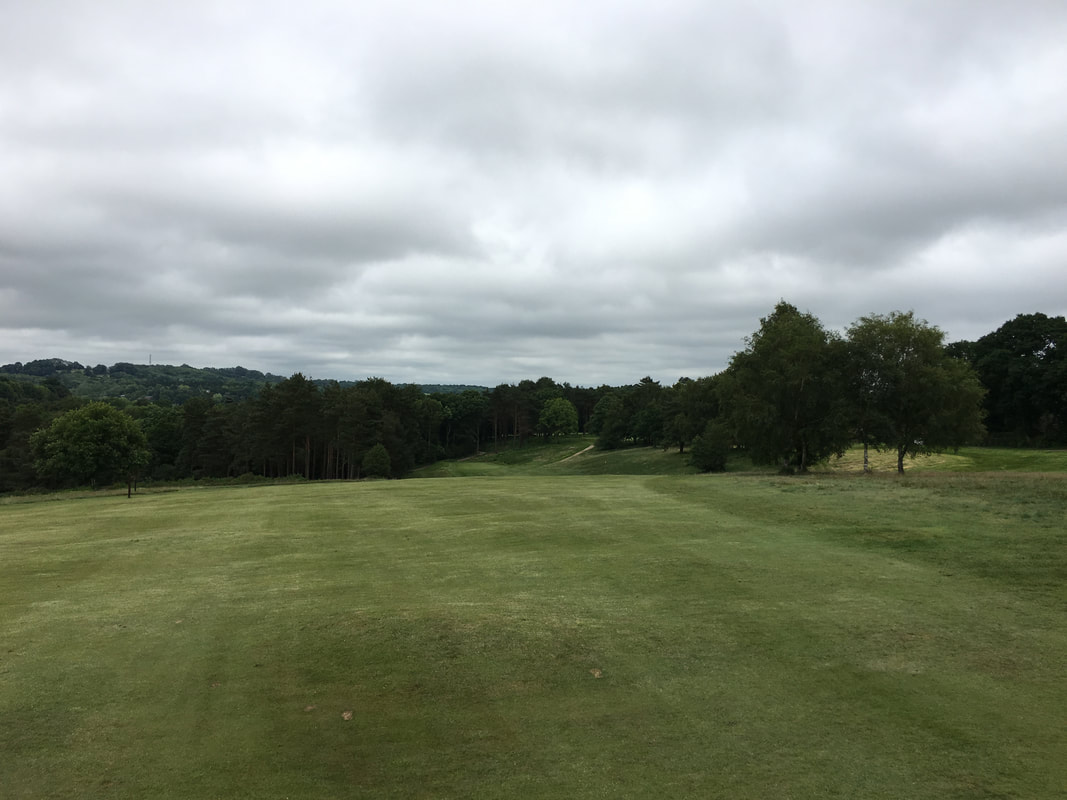
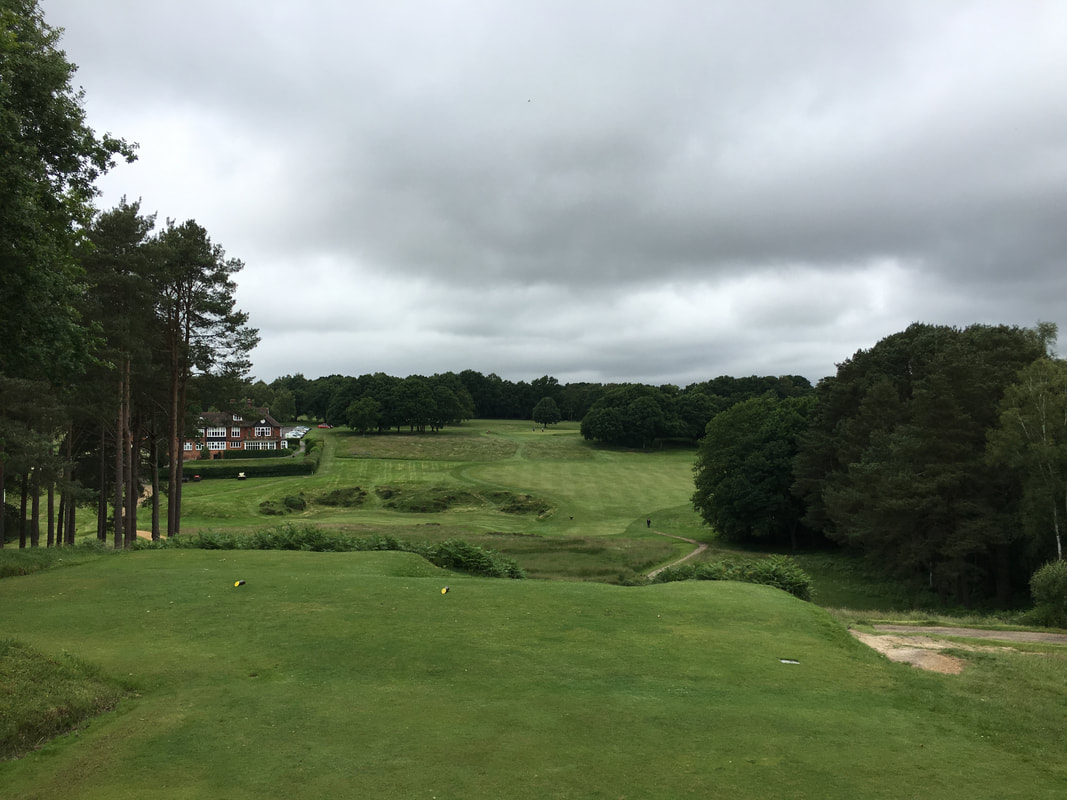
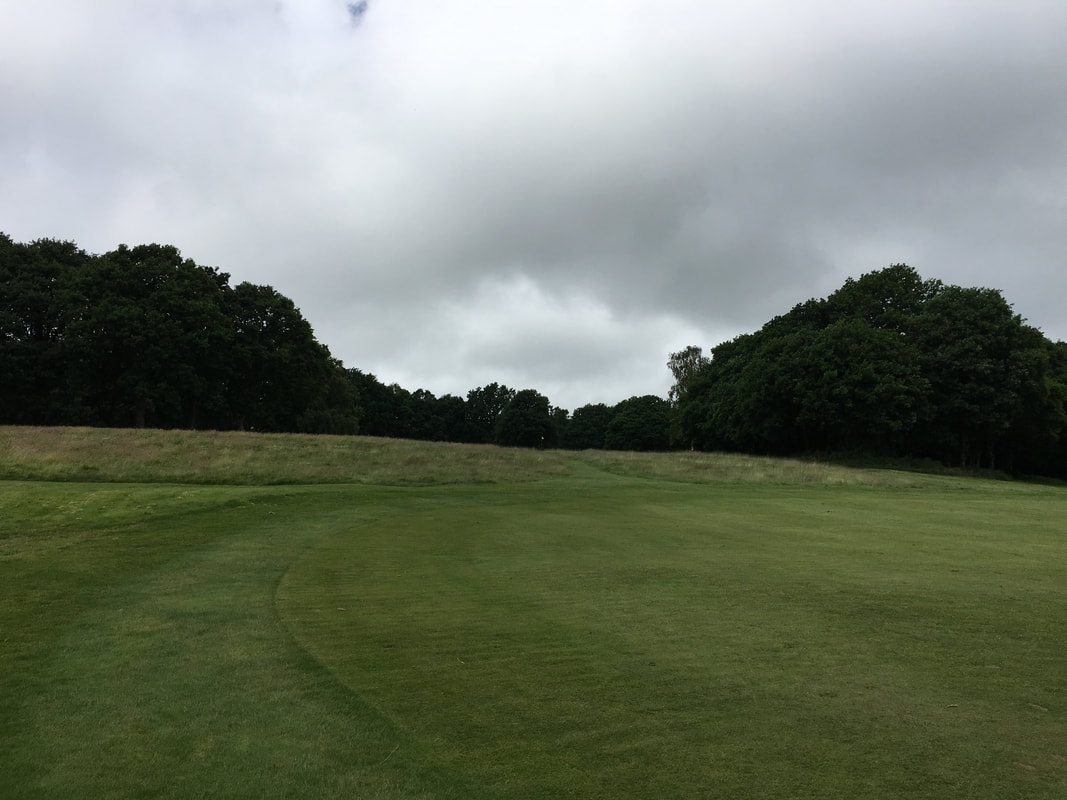

 RSS Feed
RSS Feed